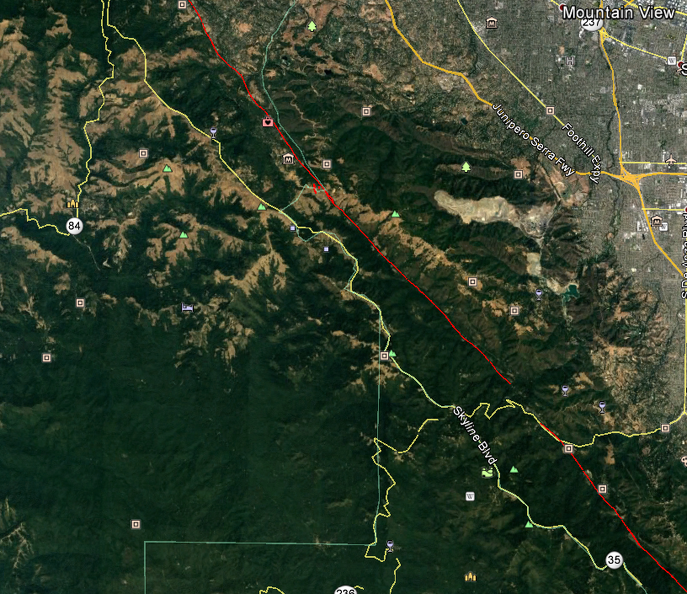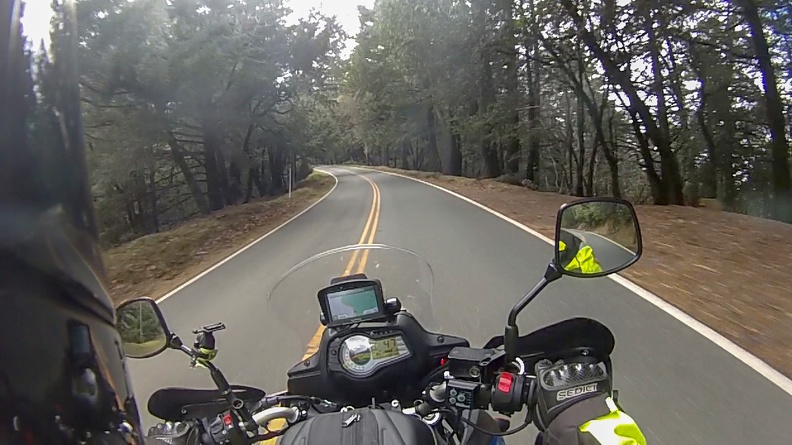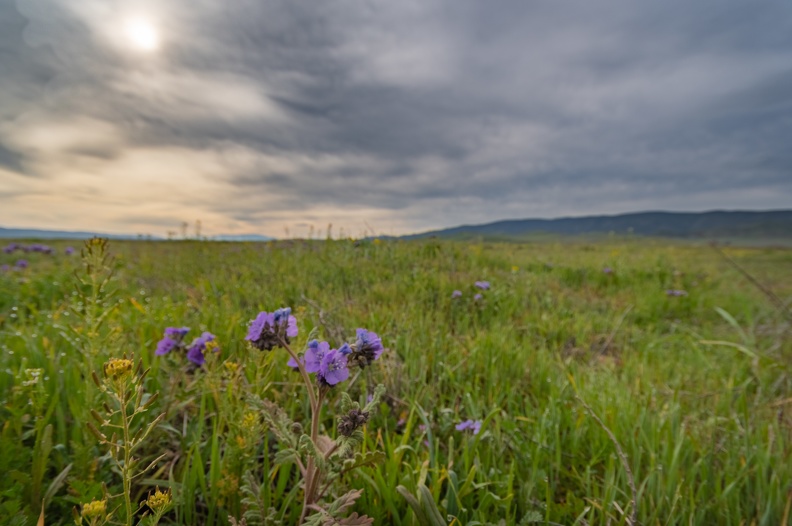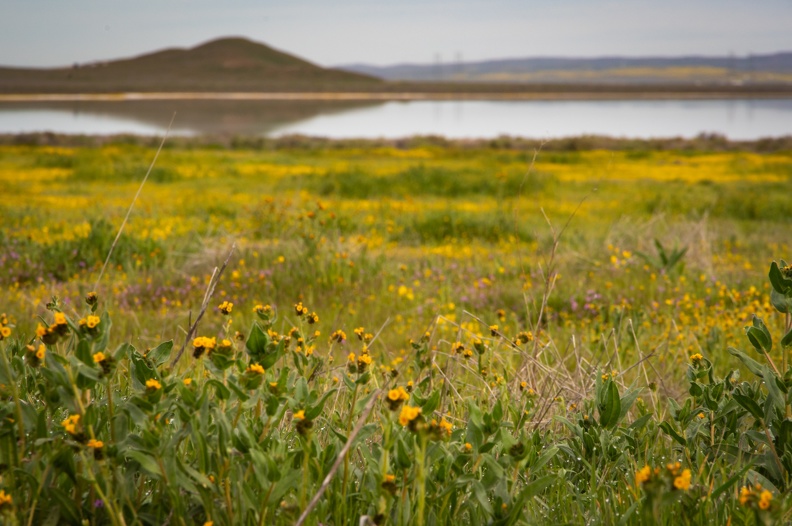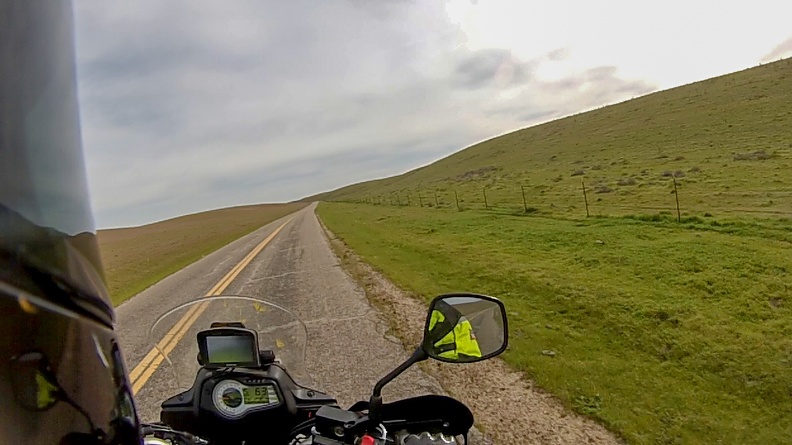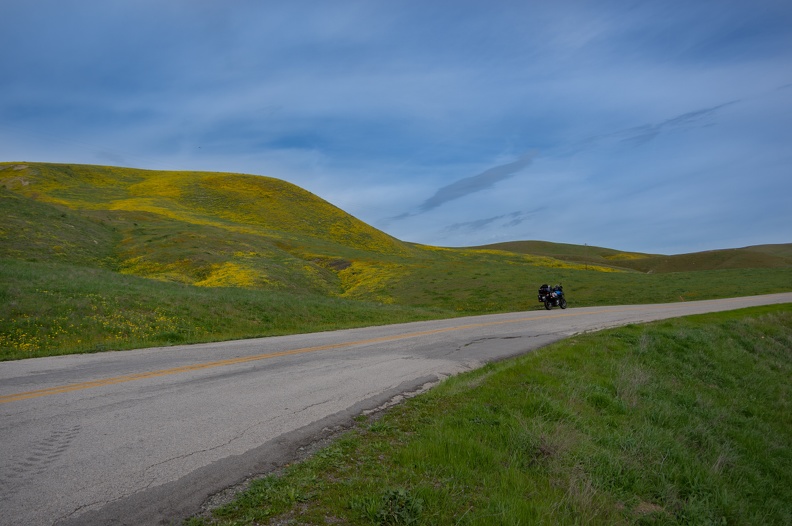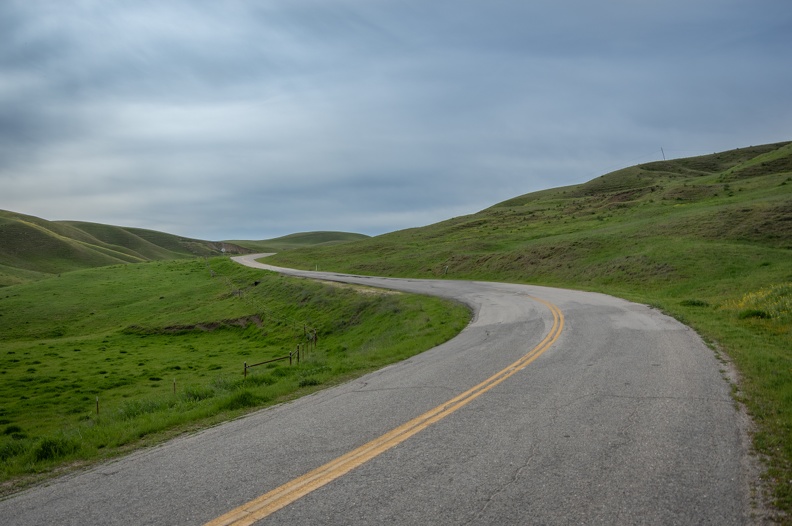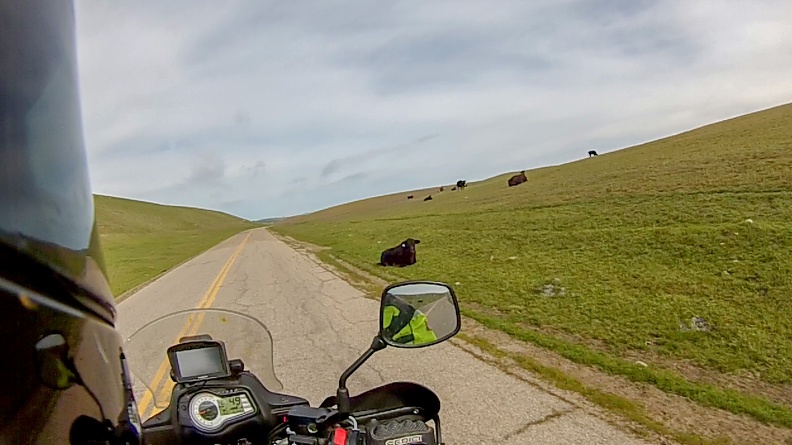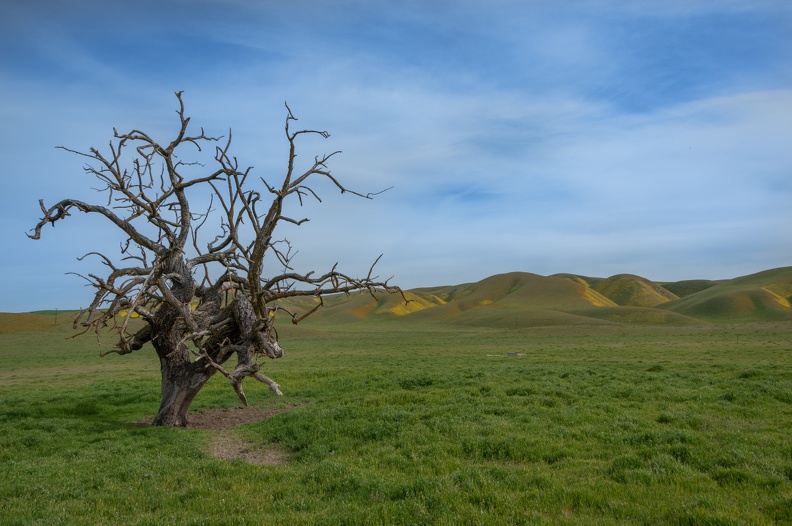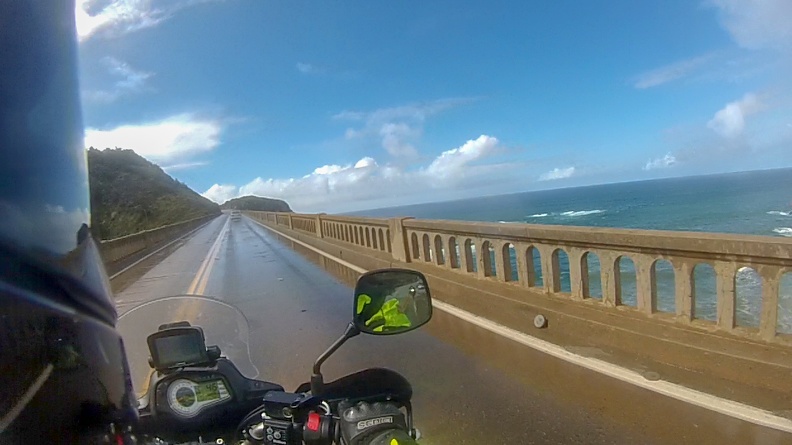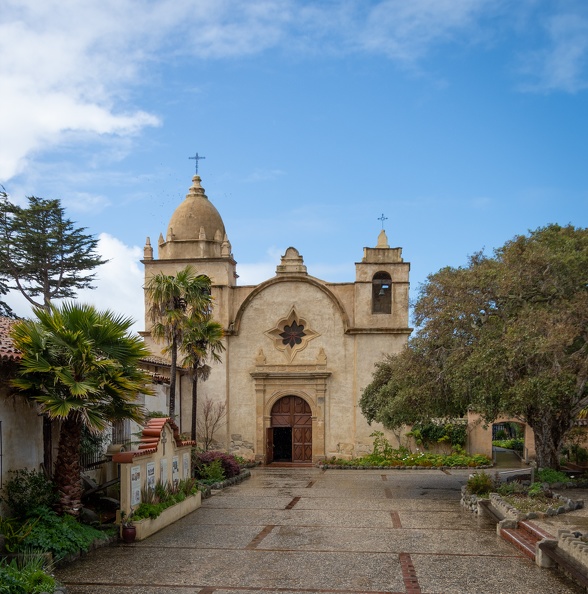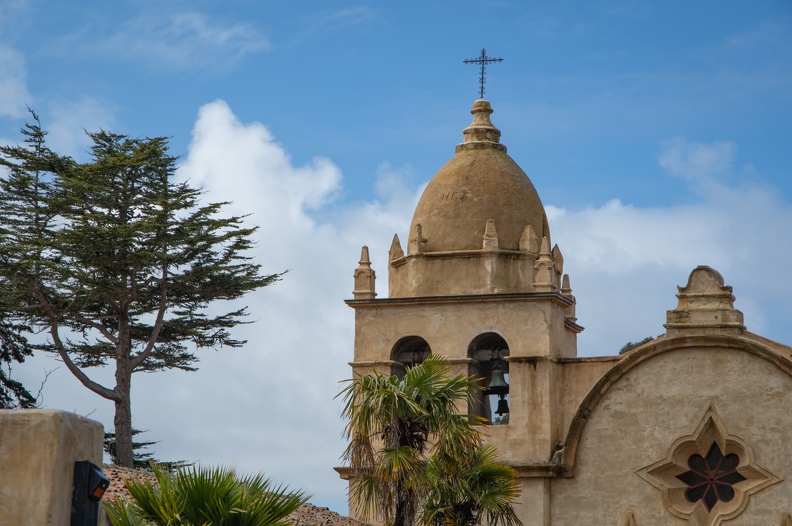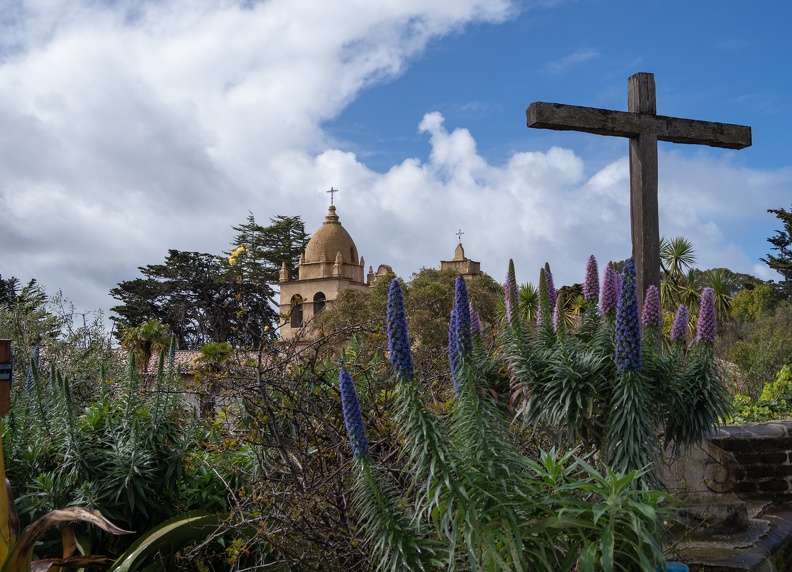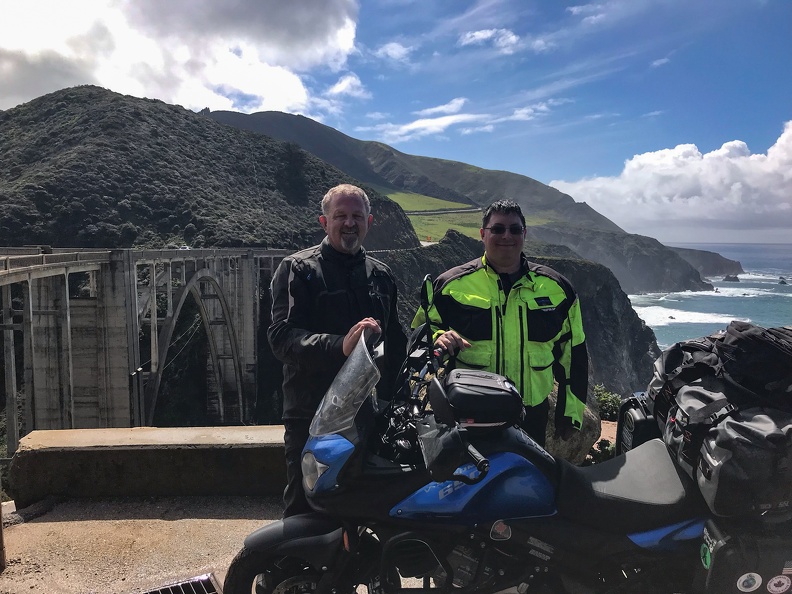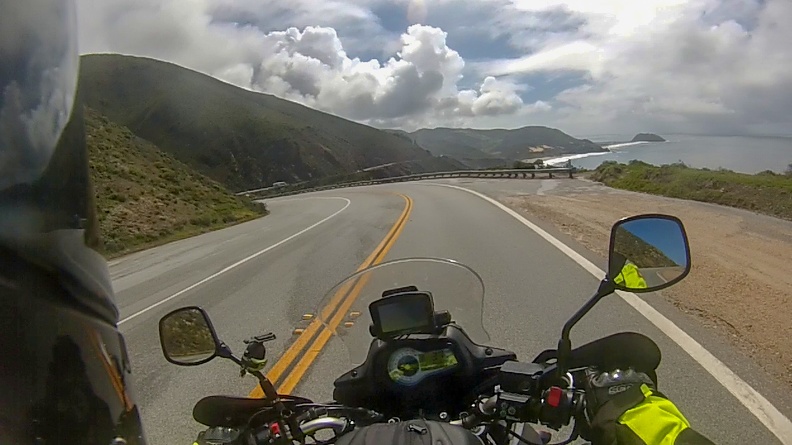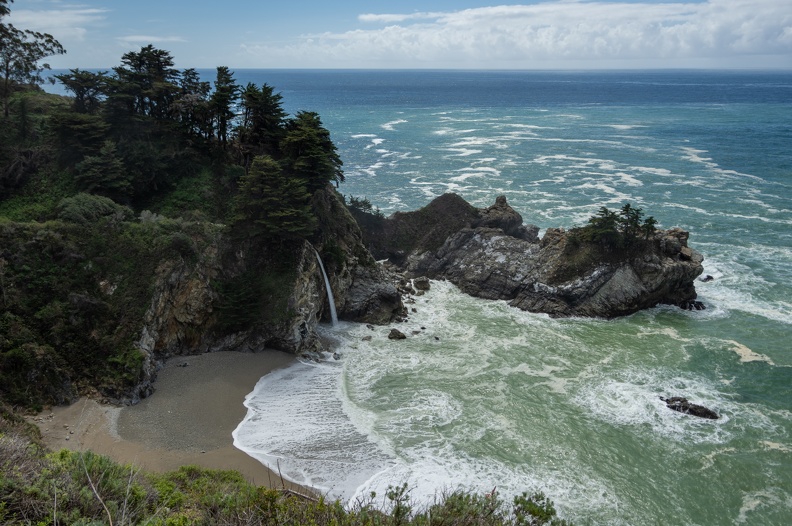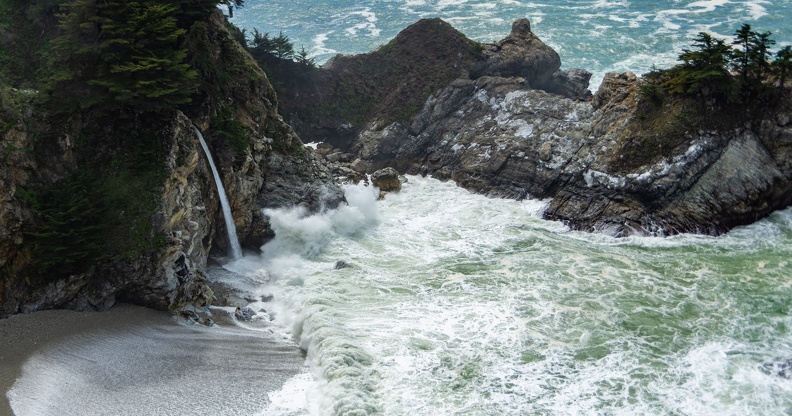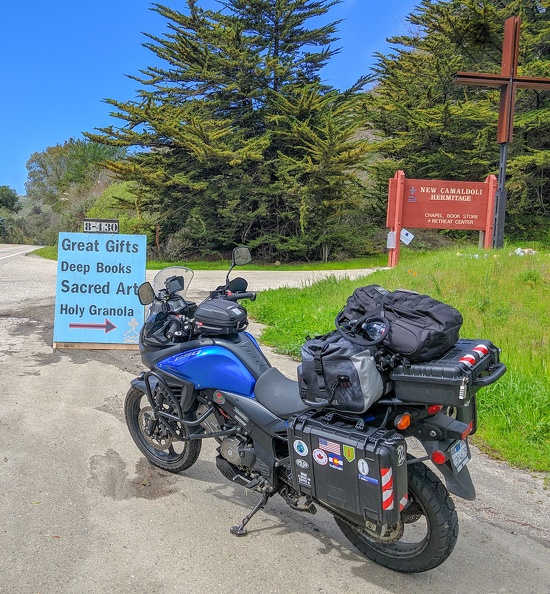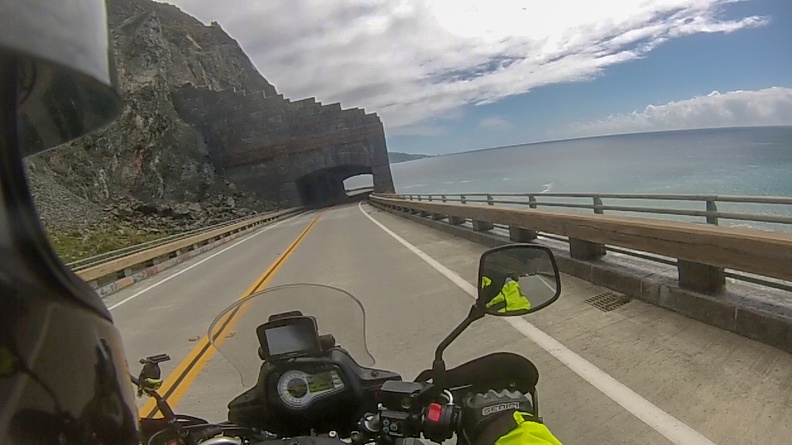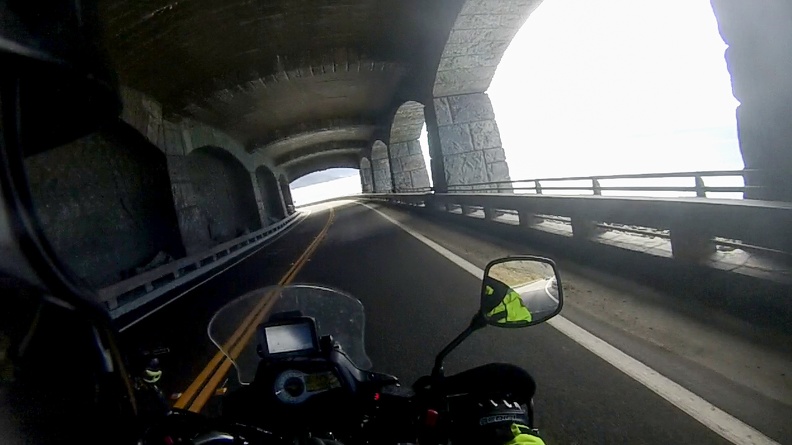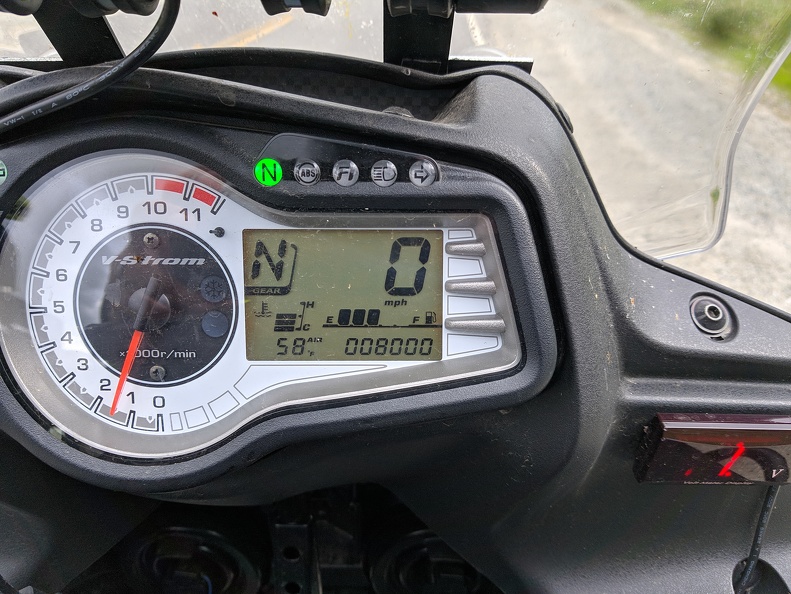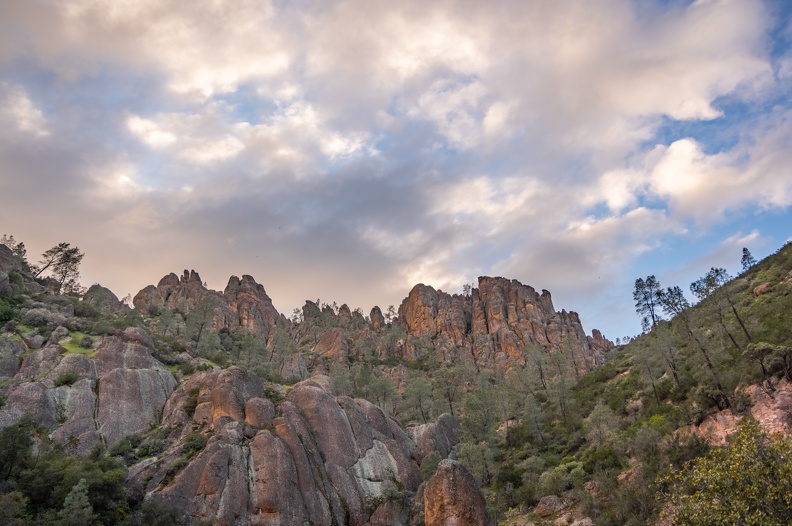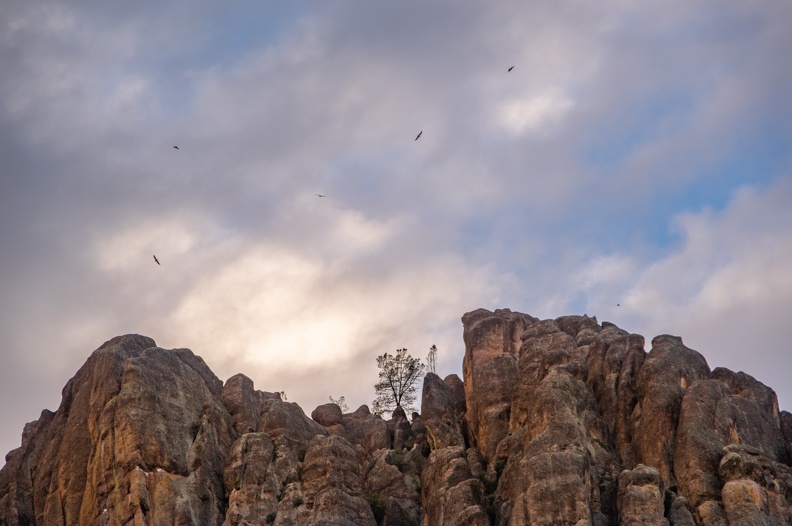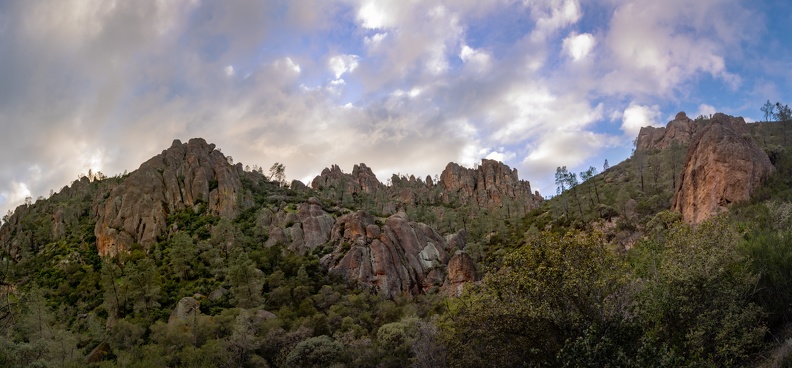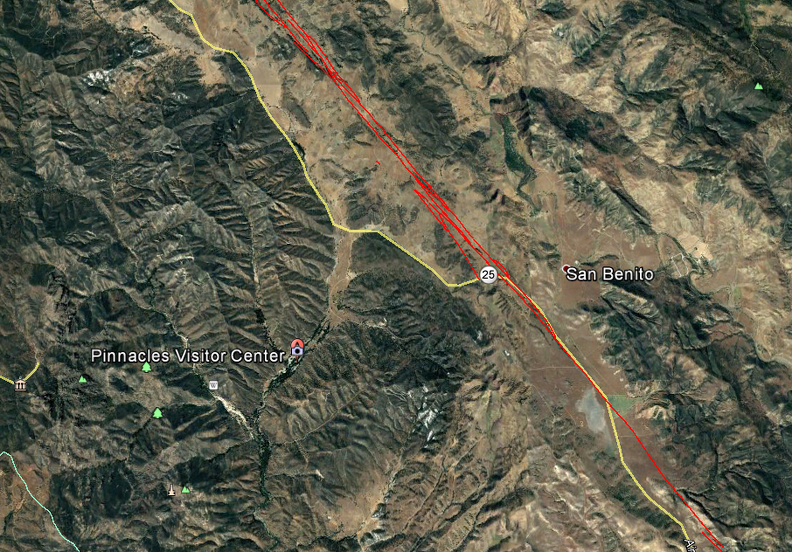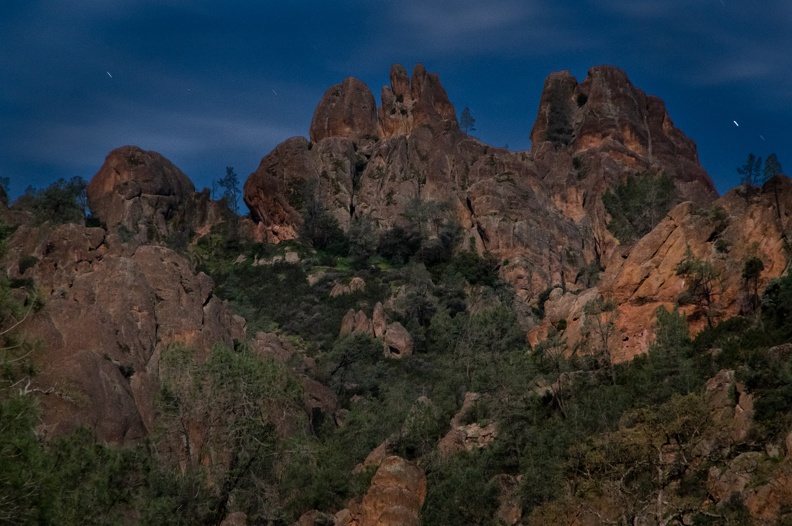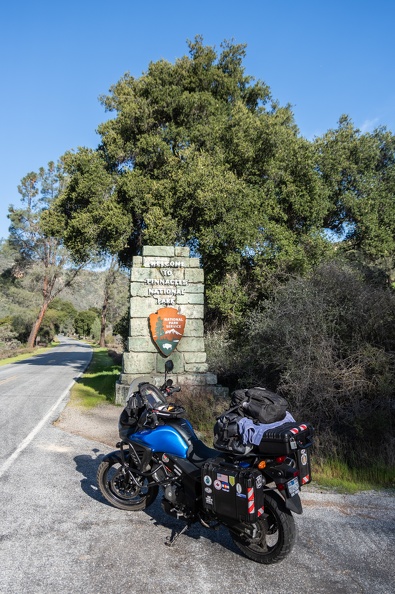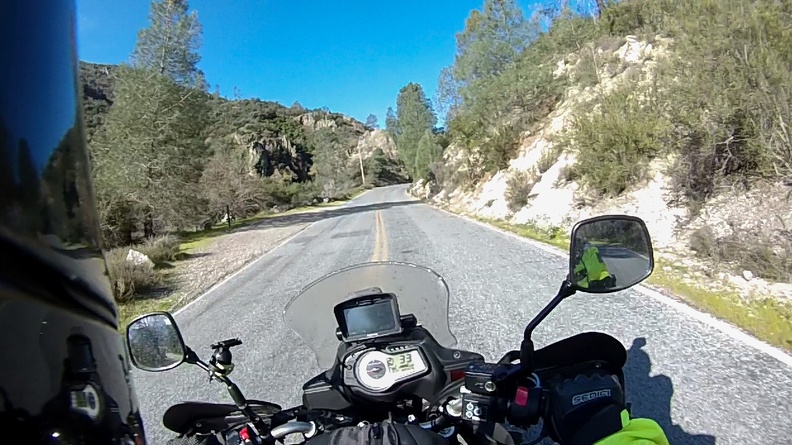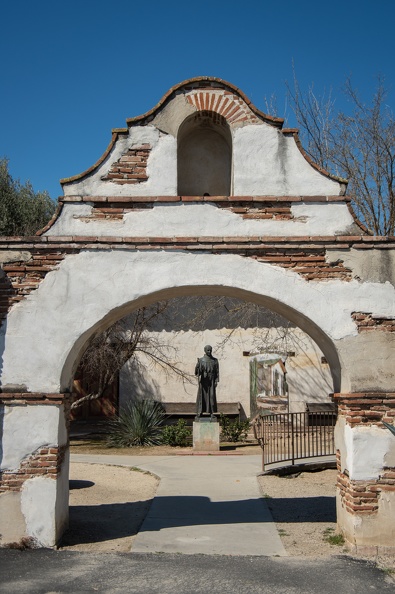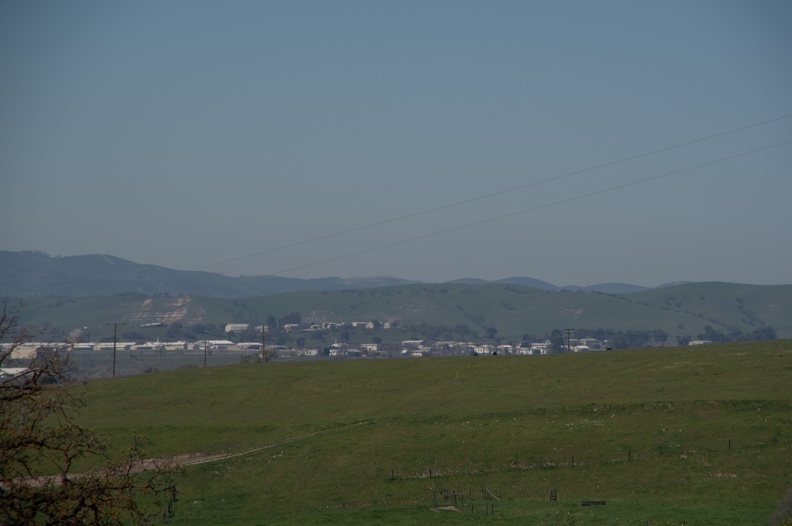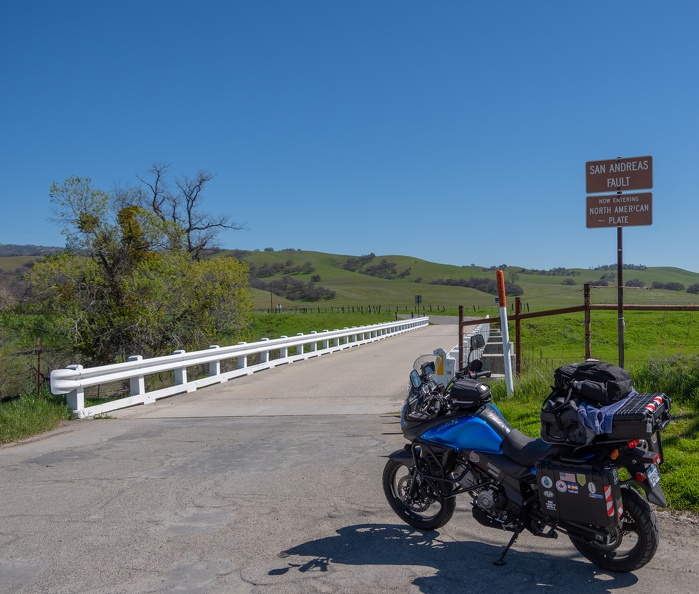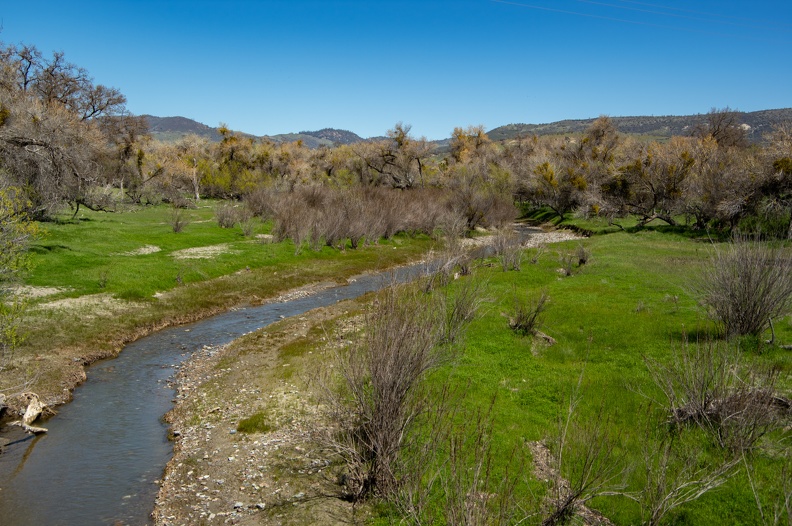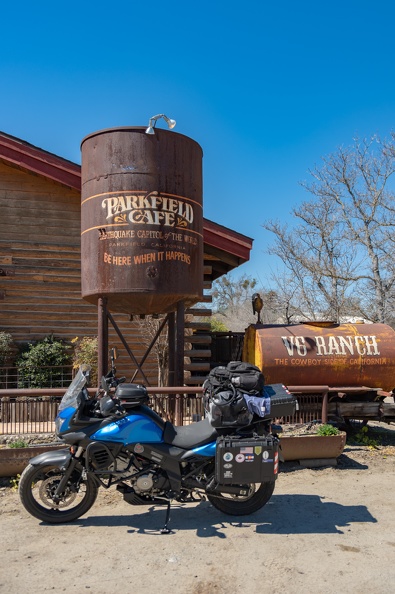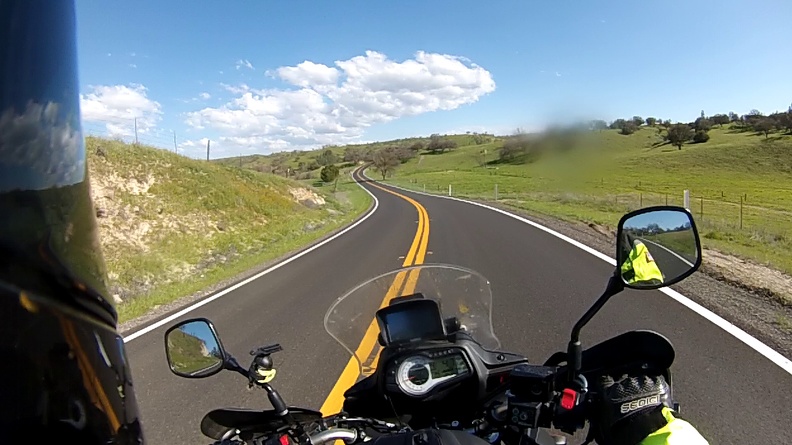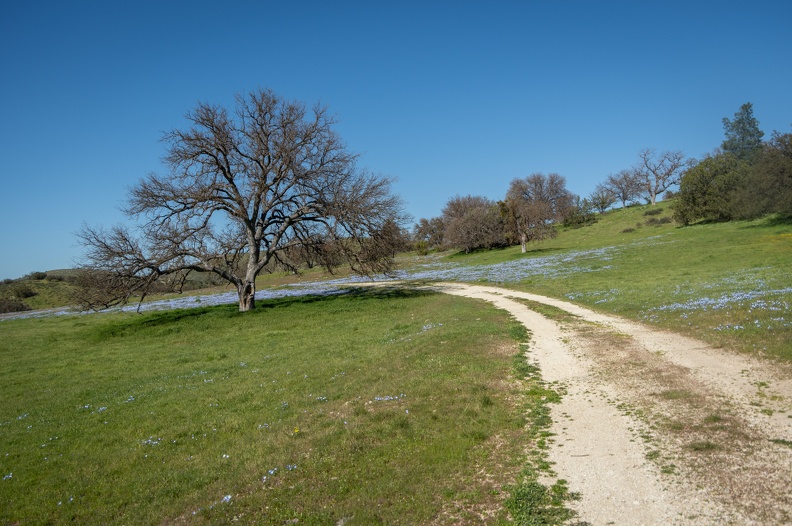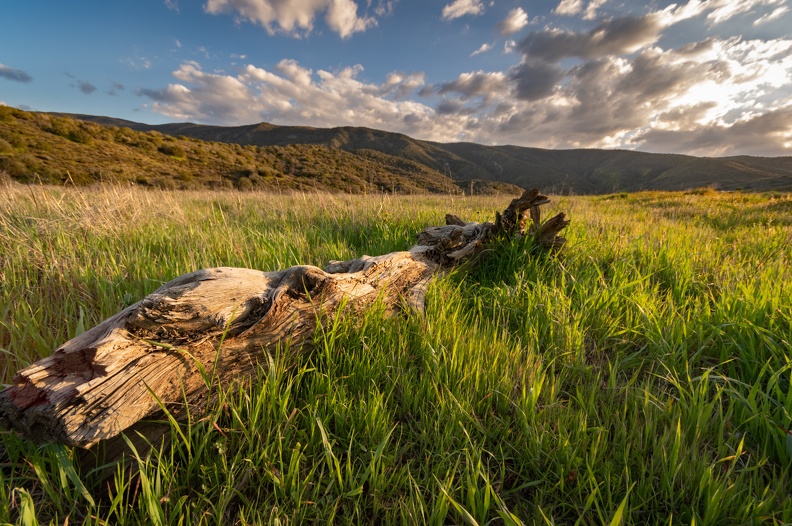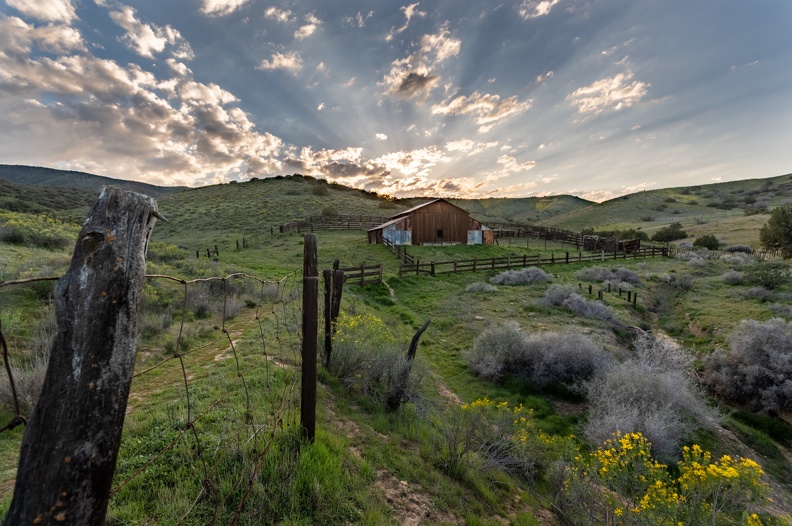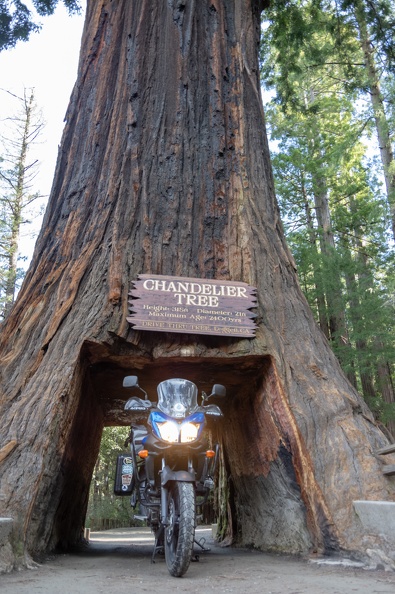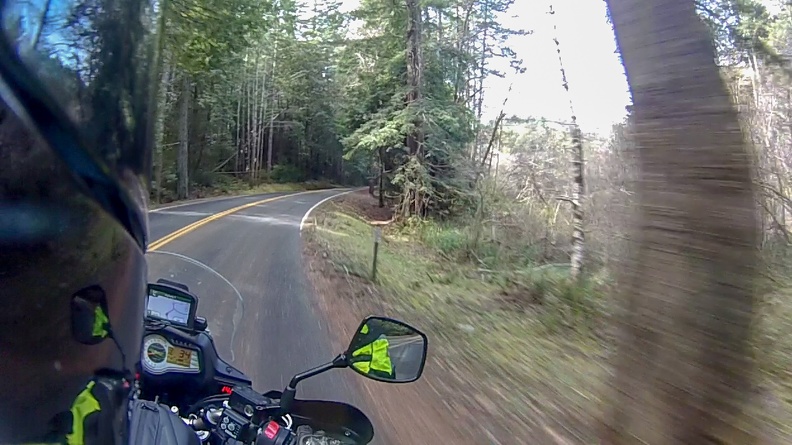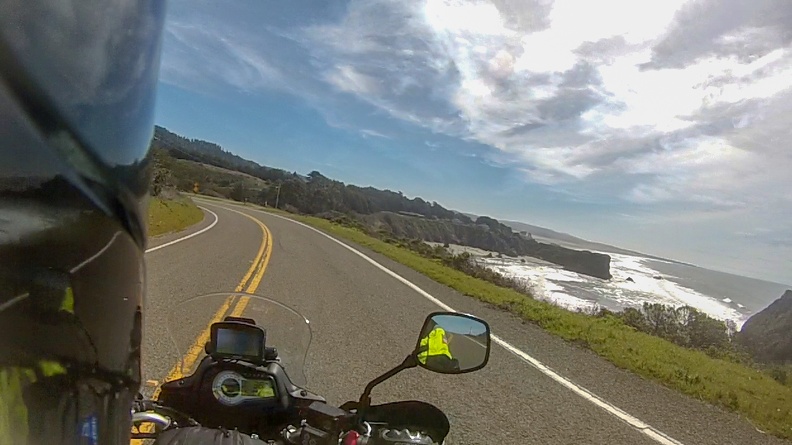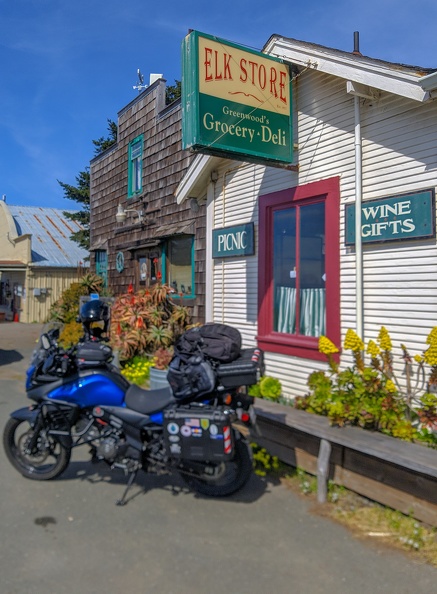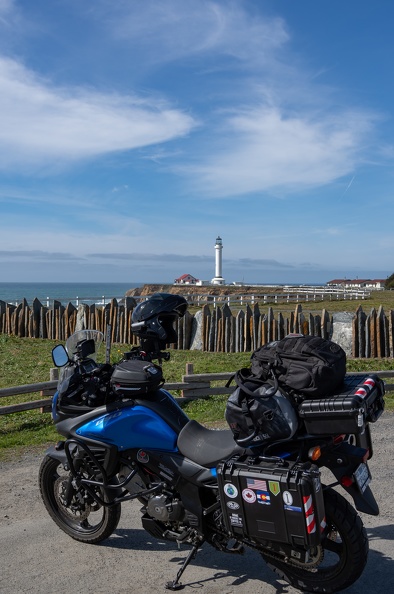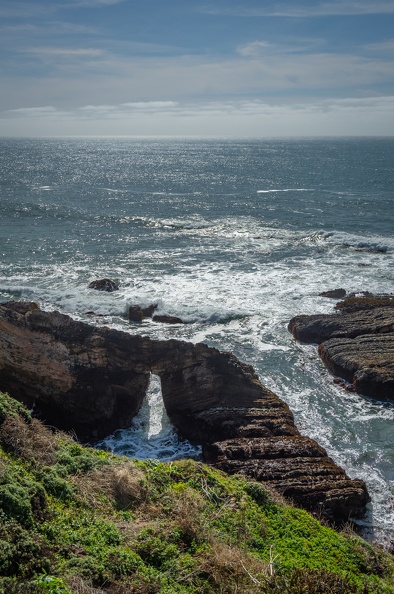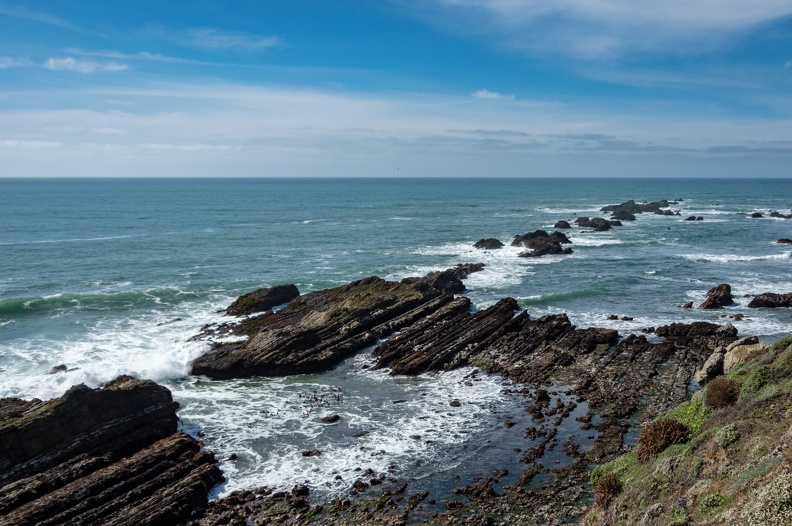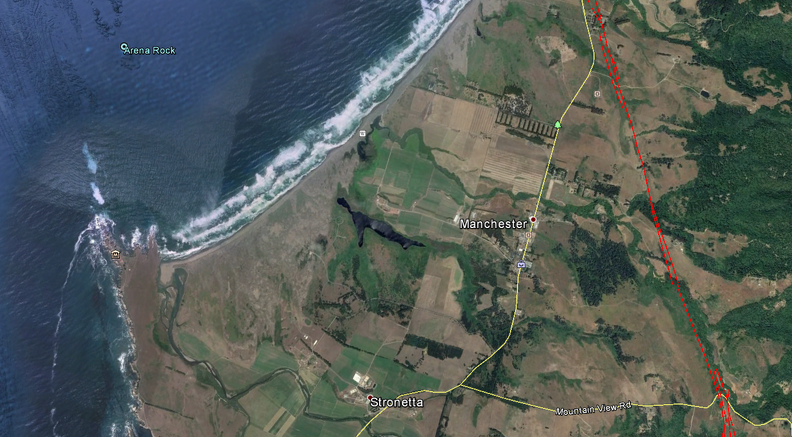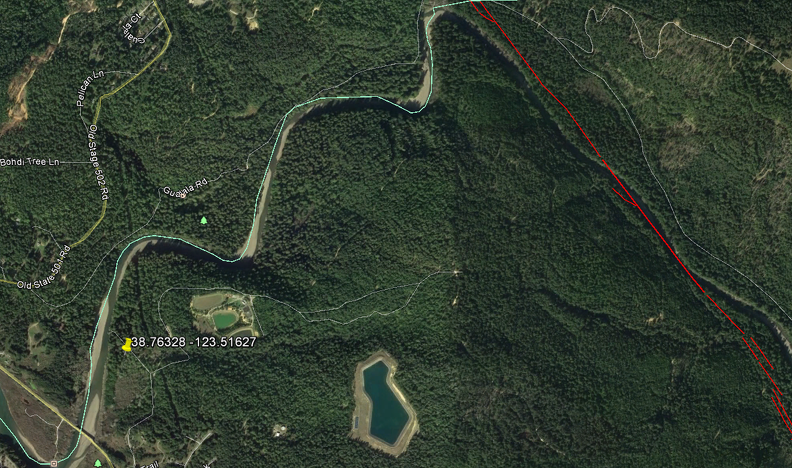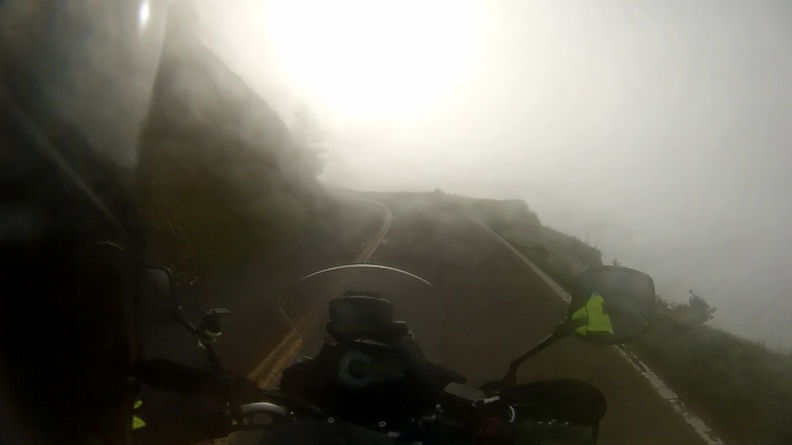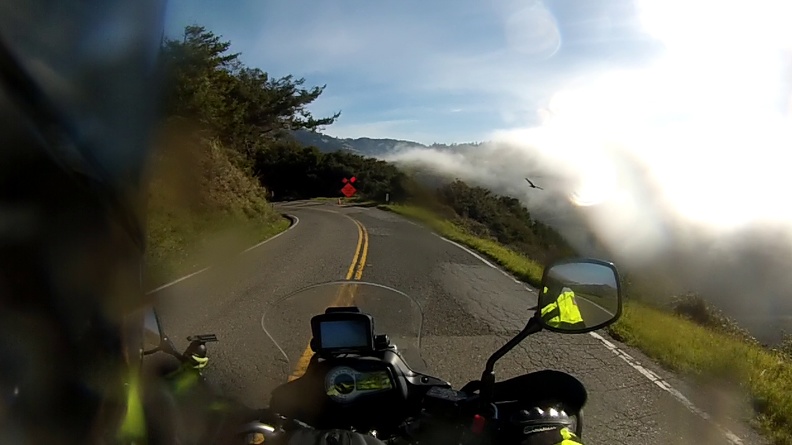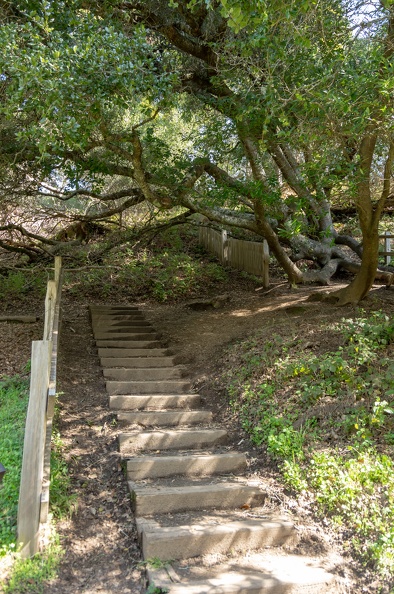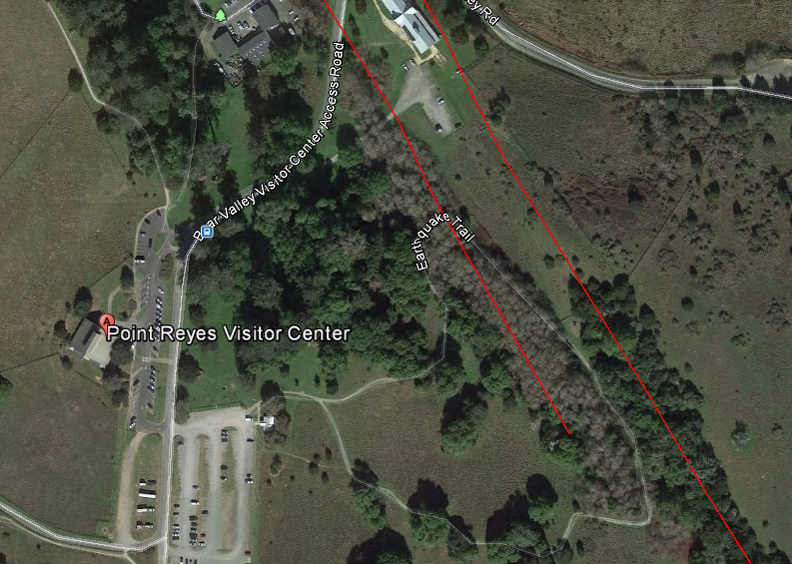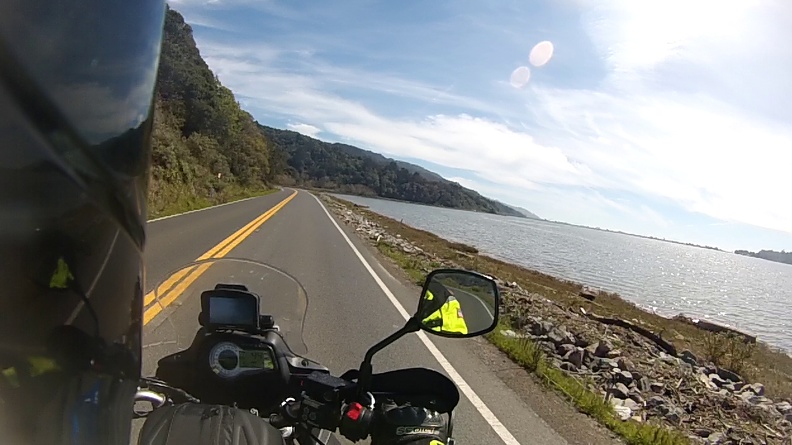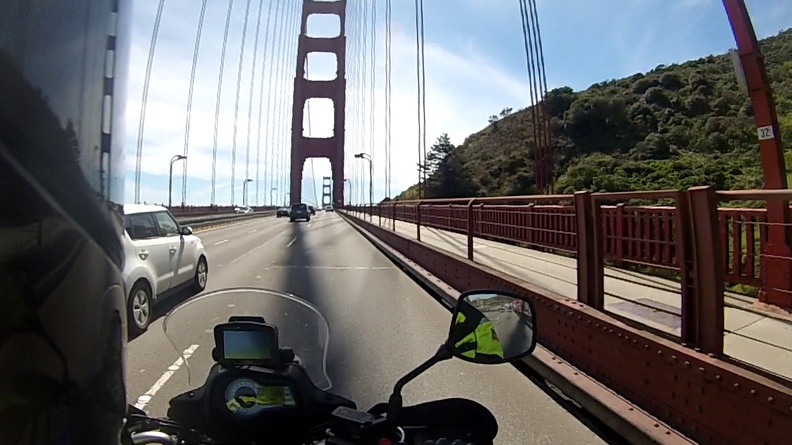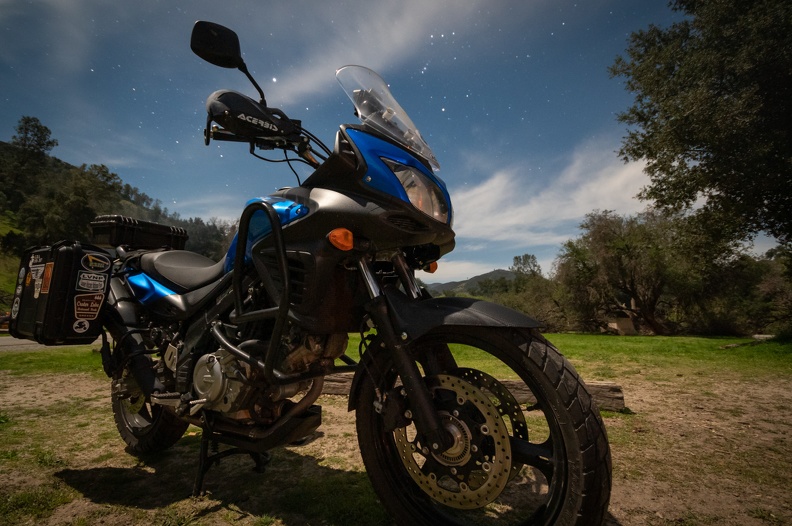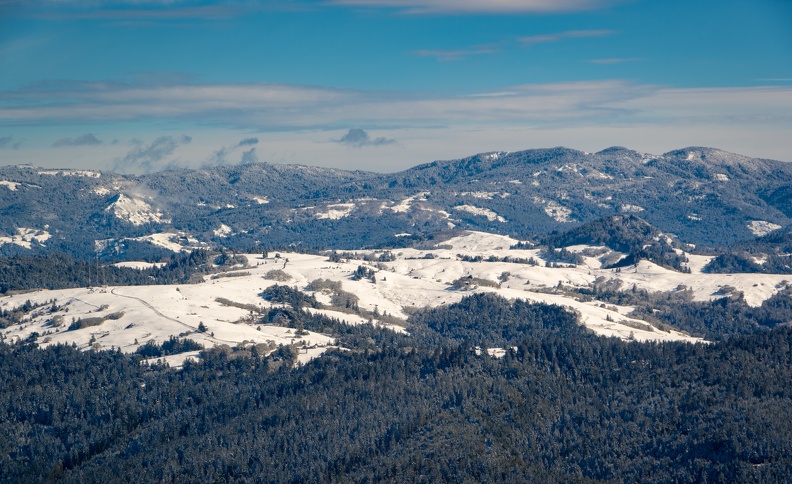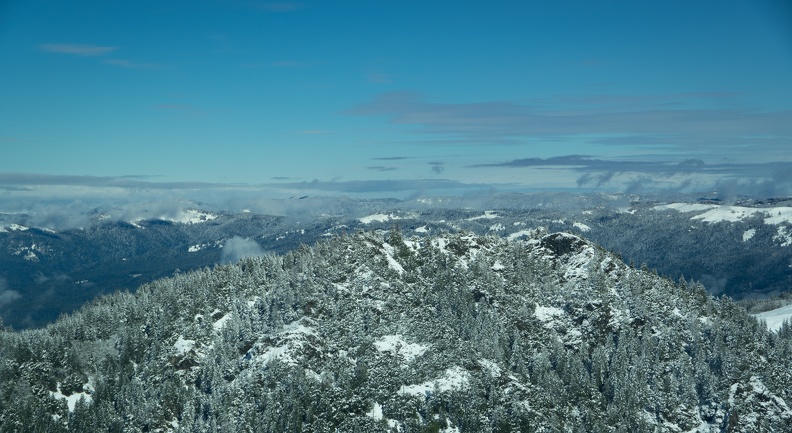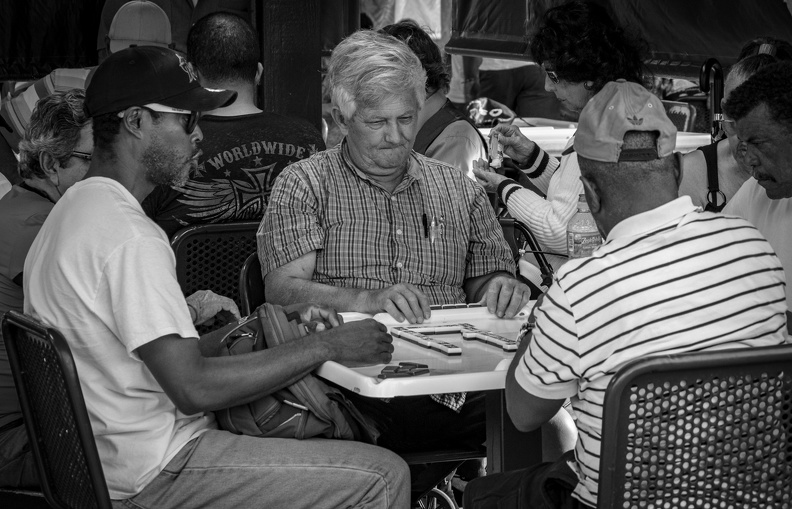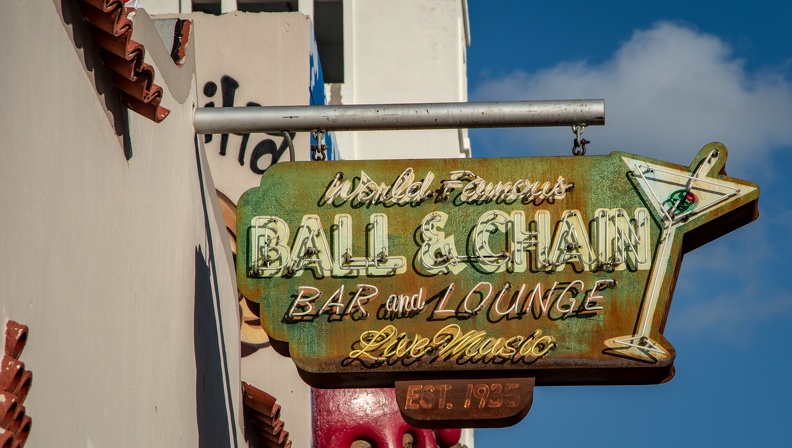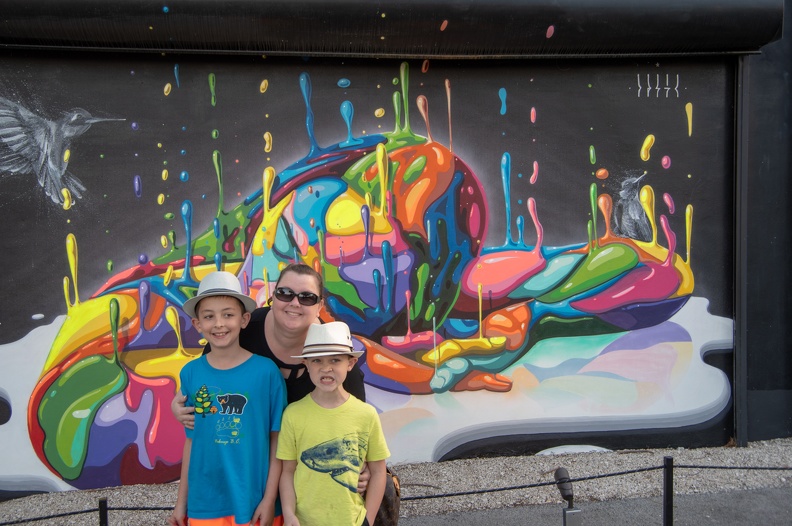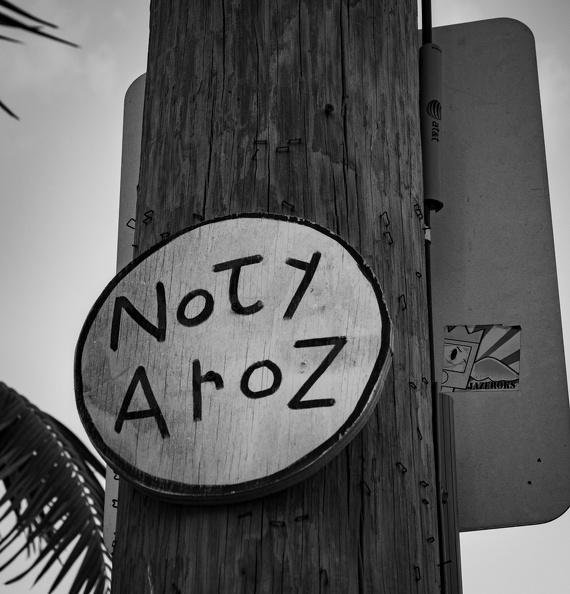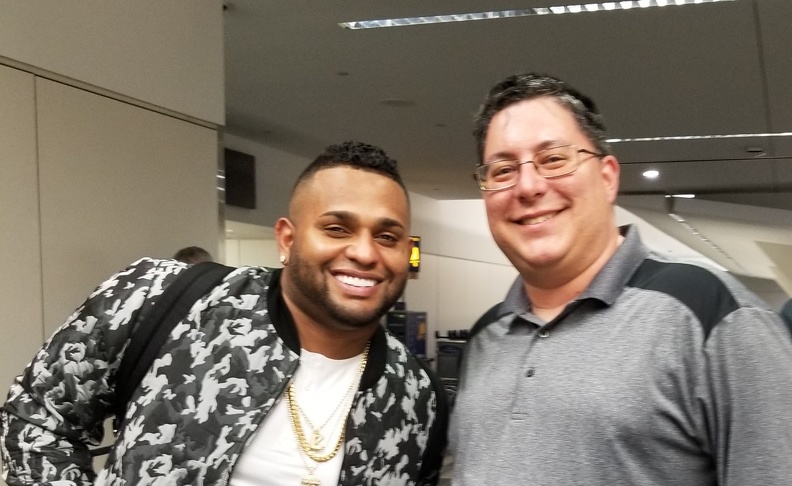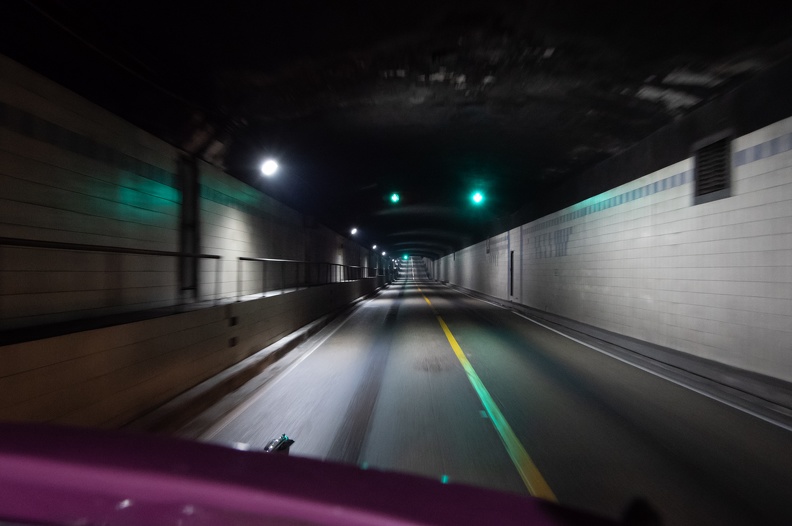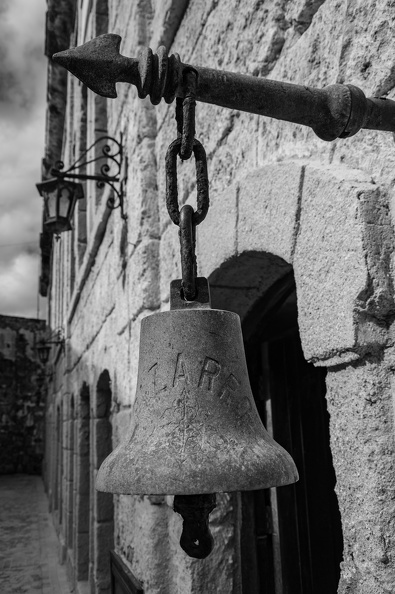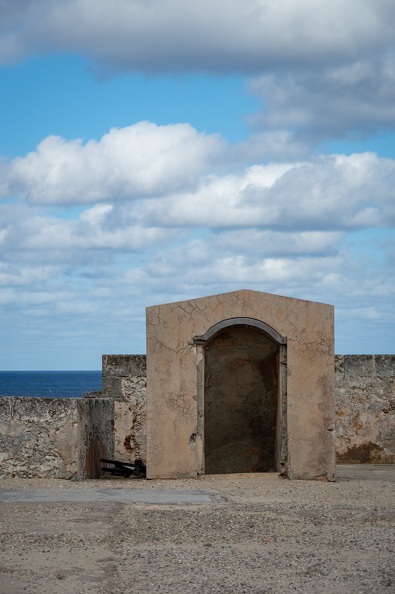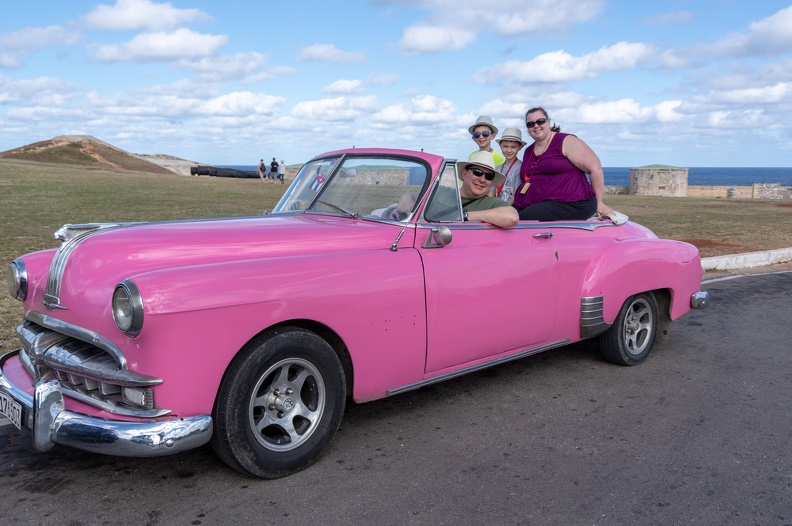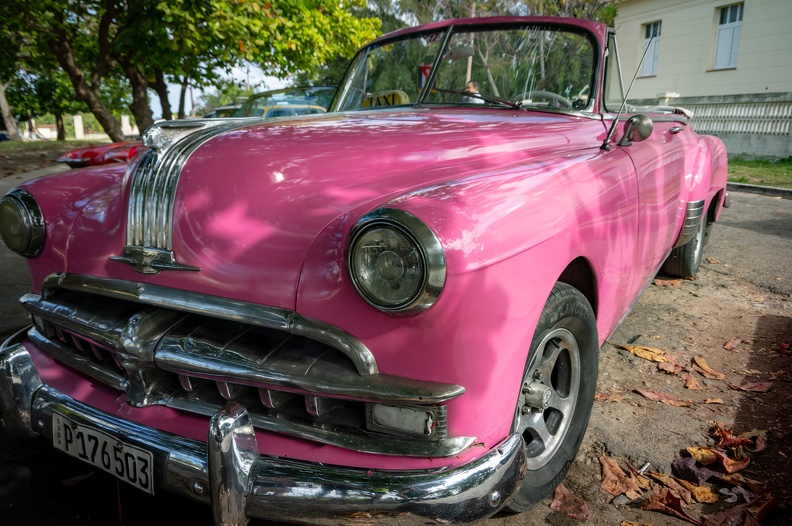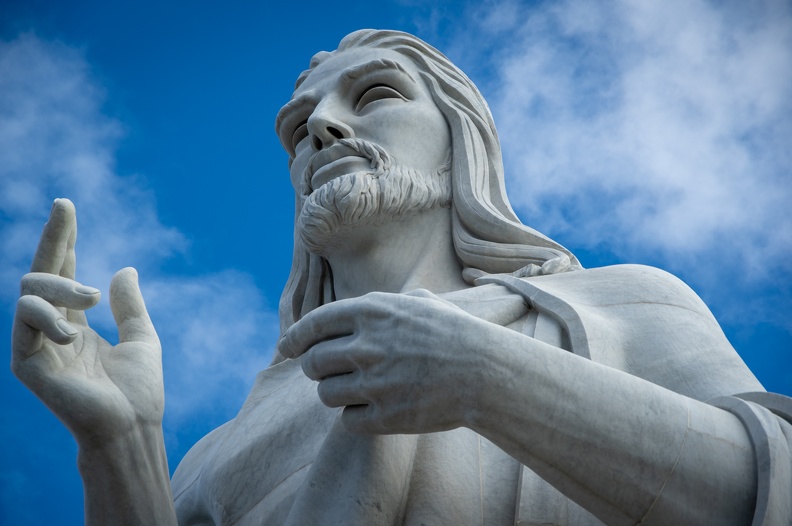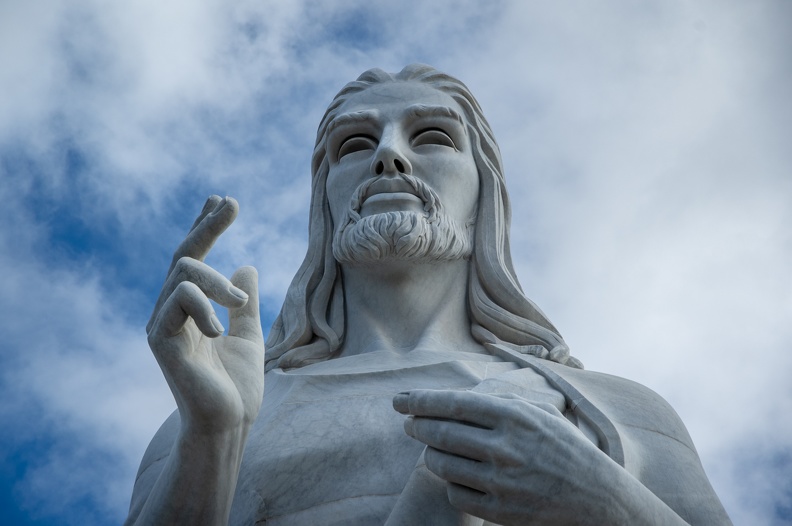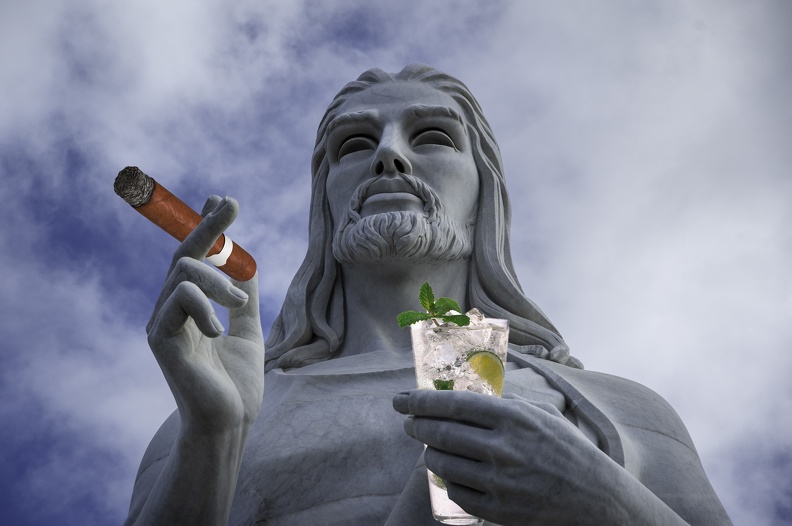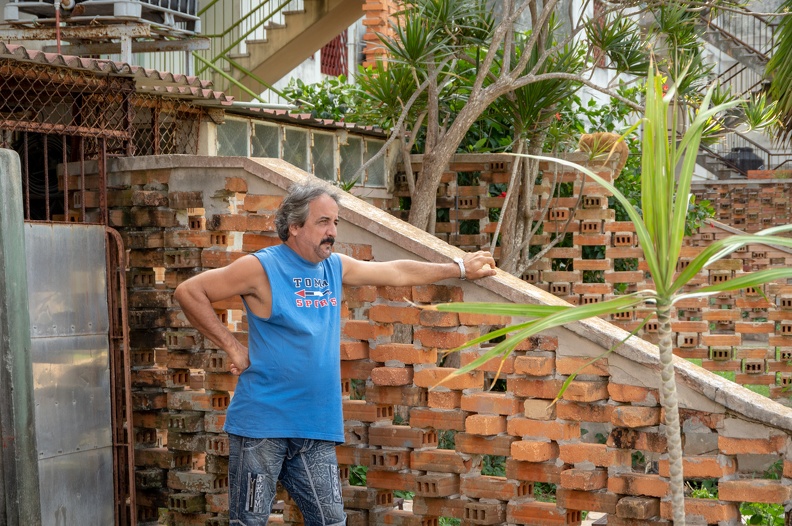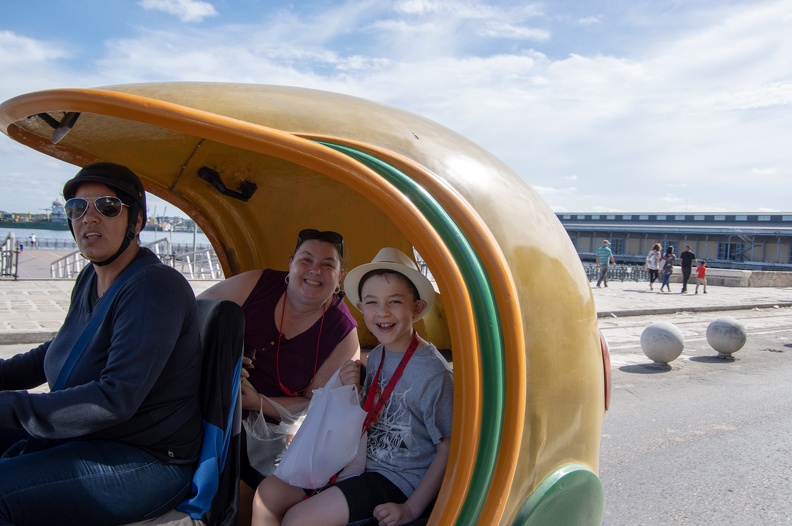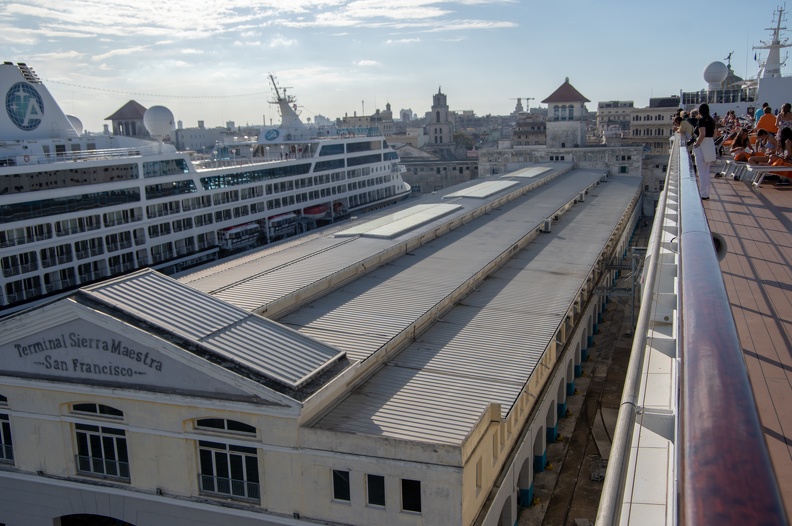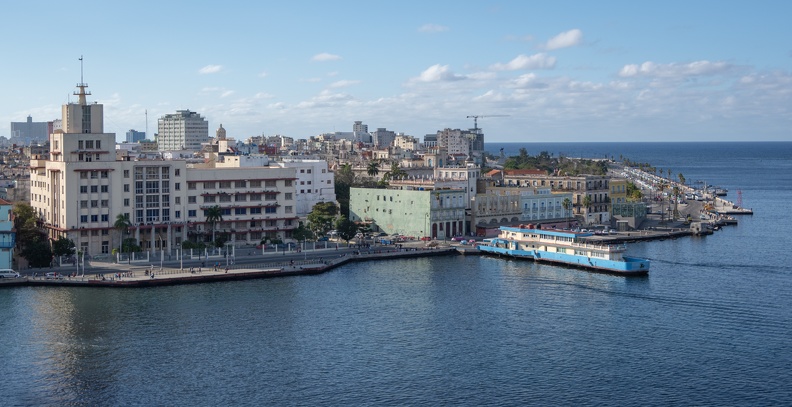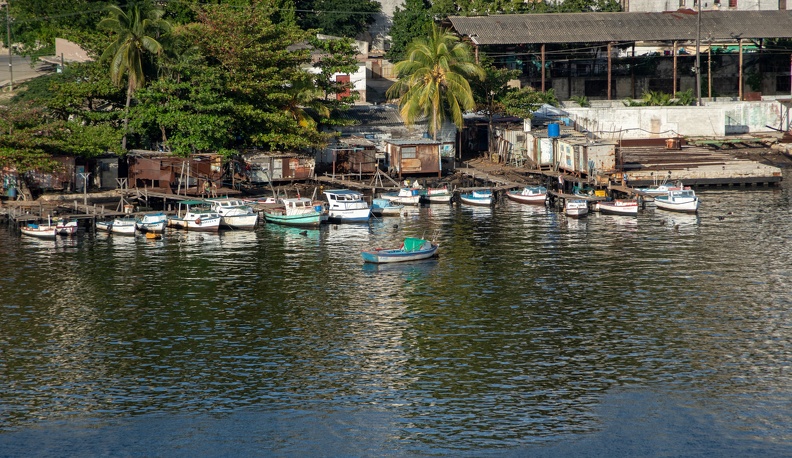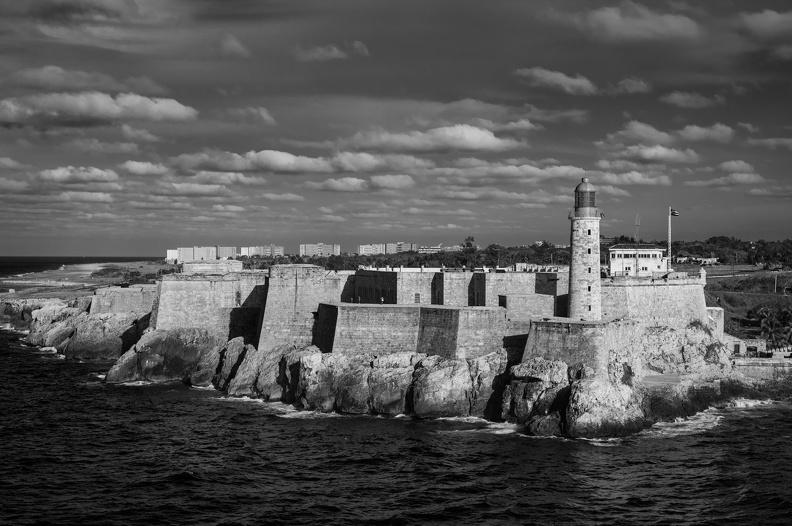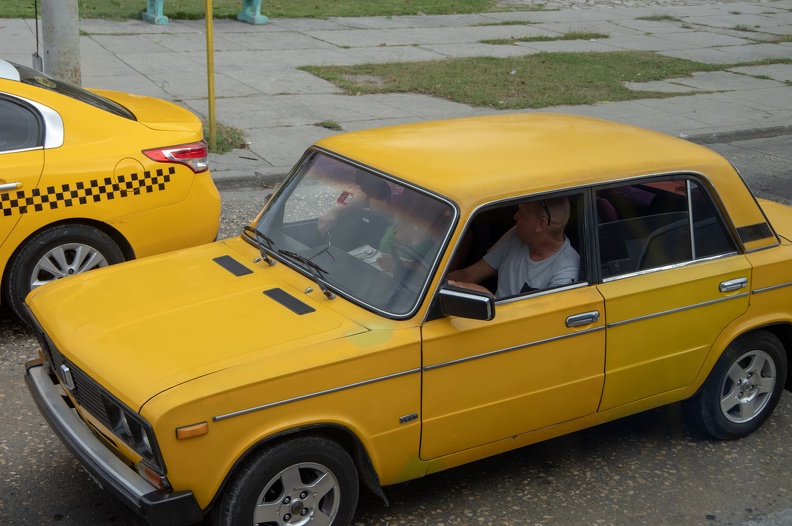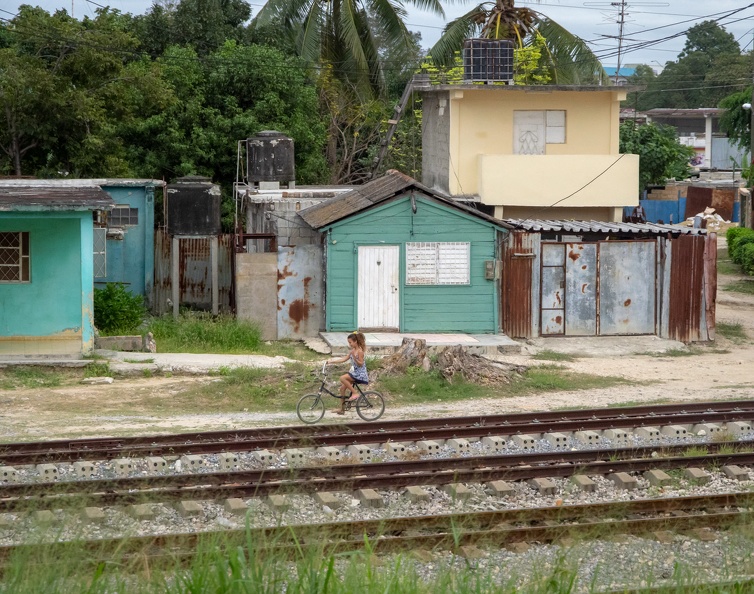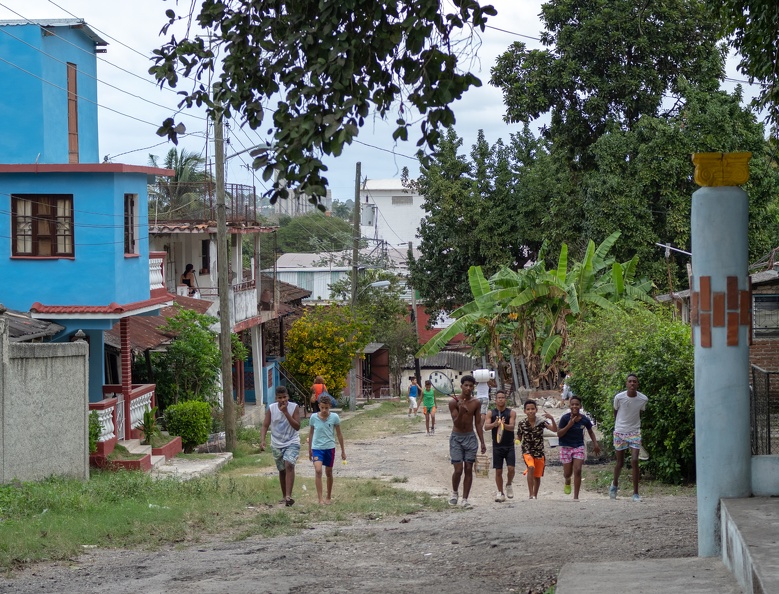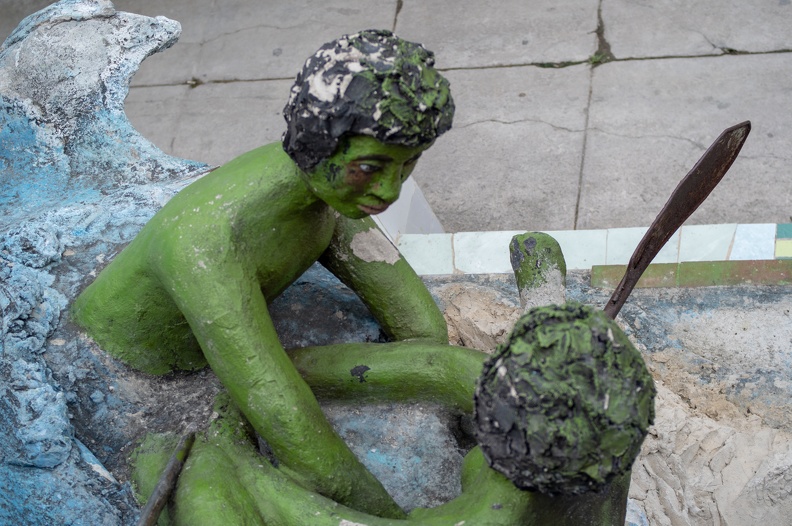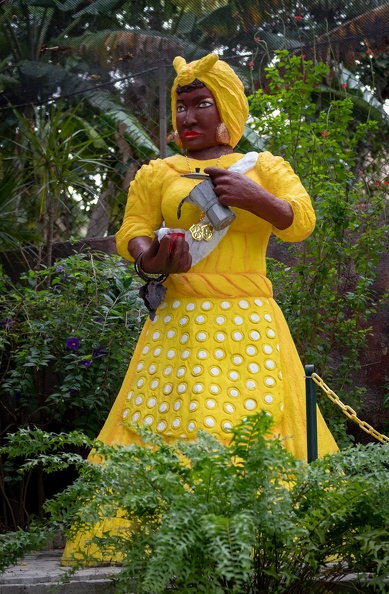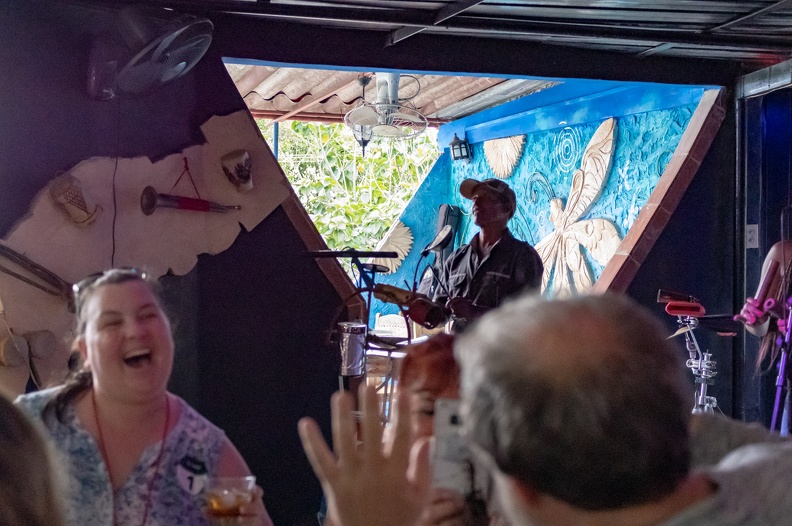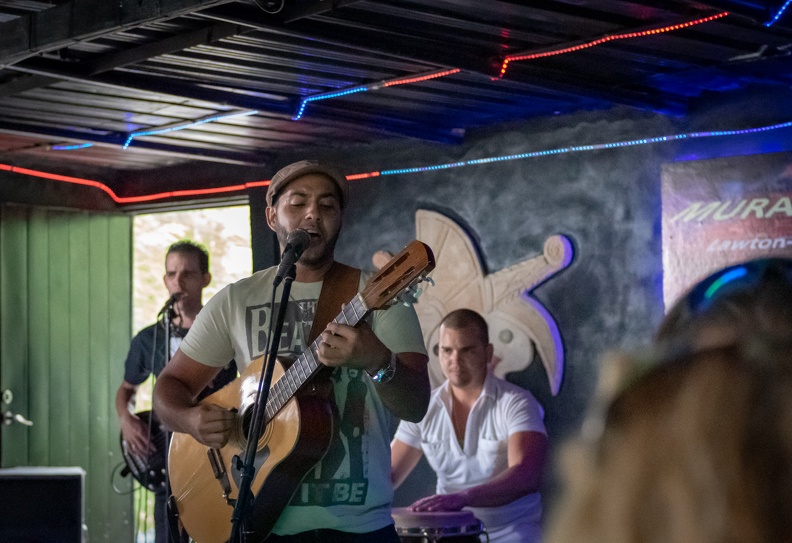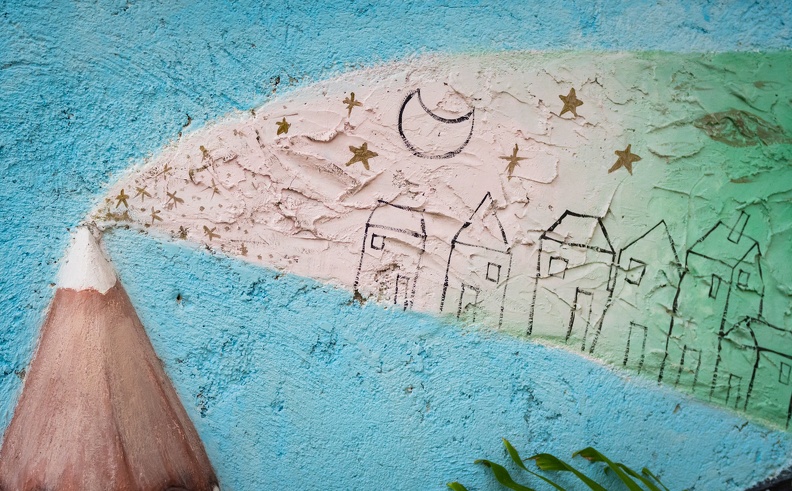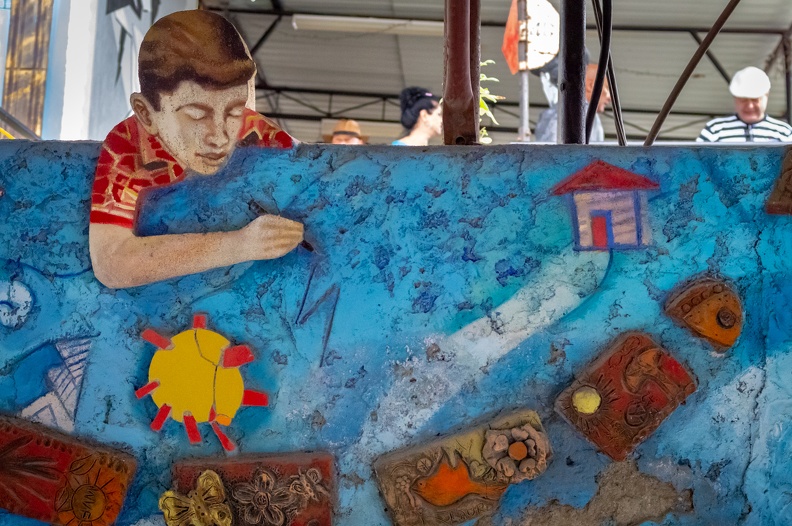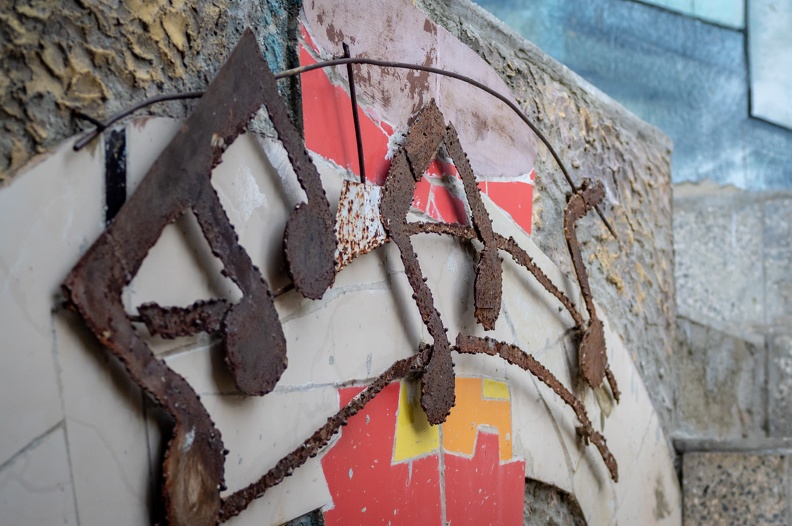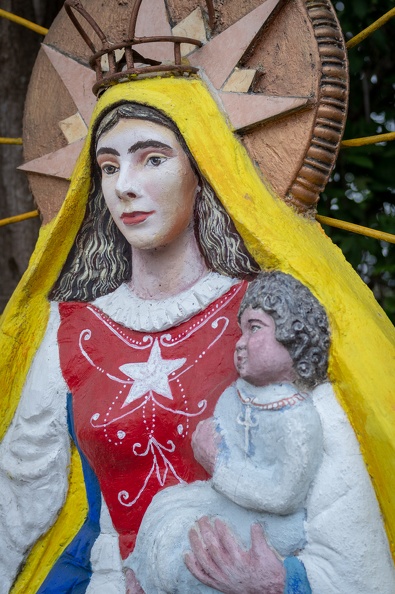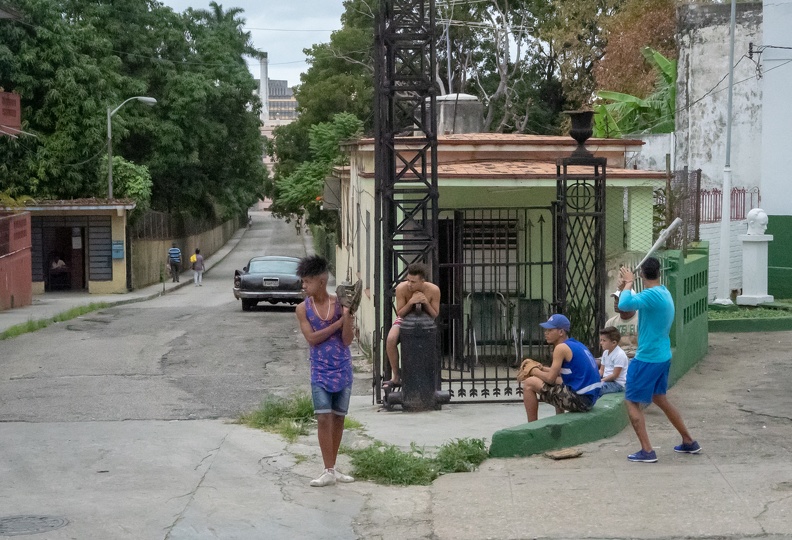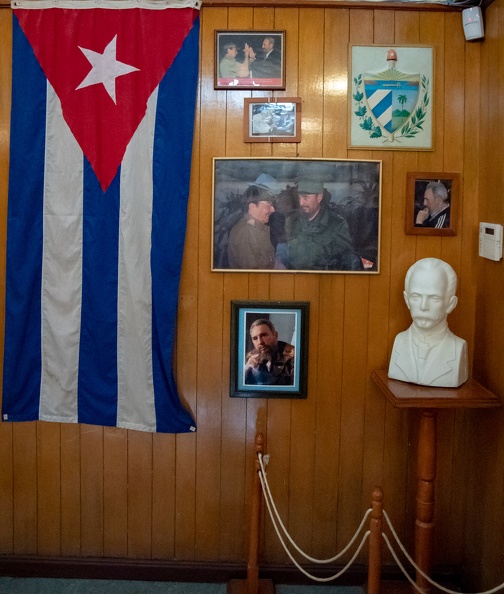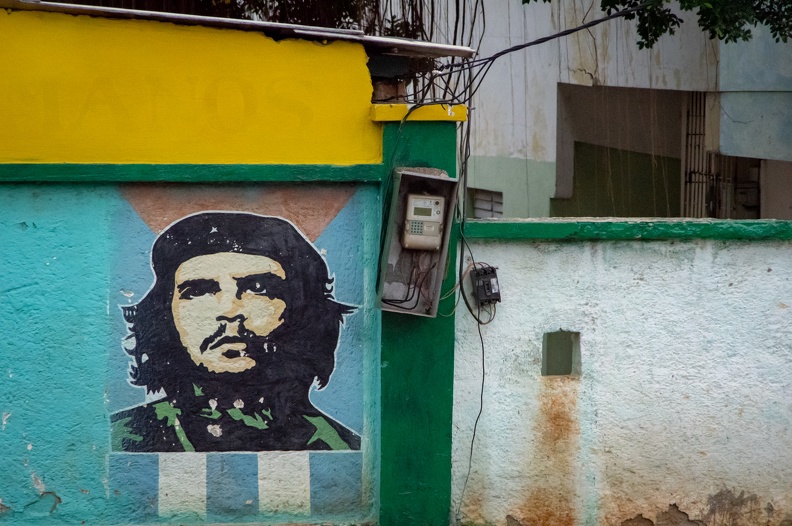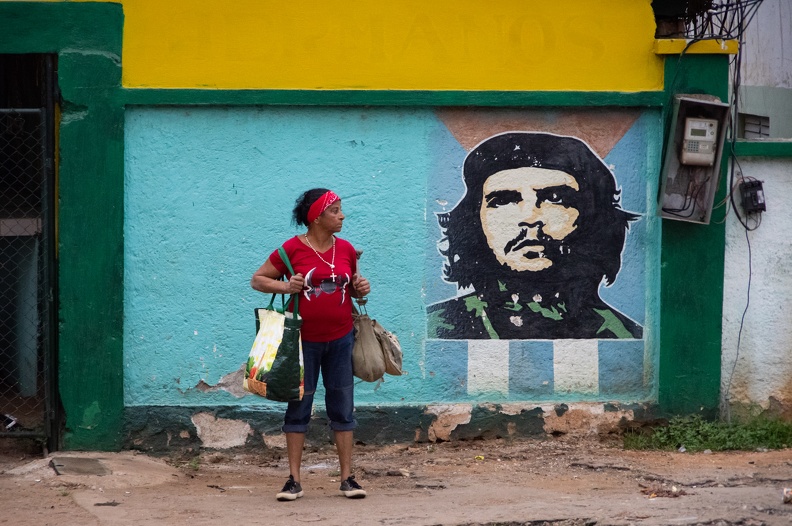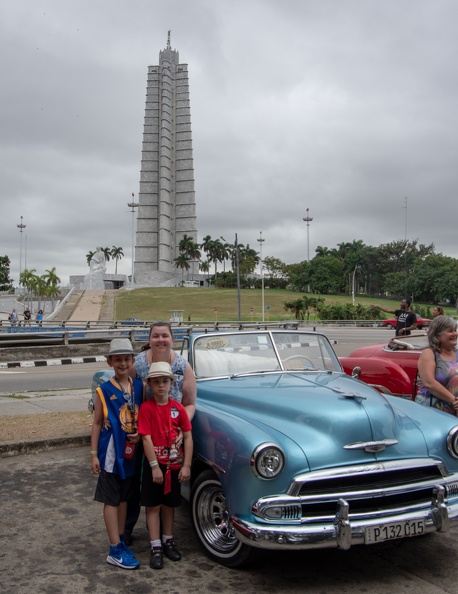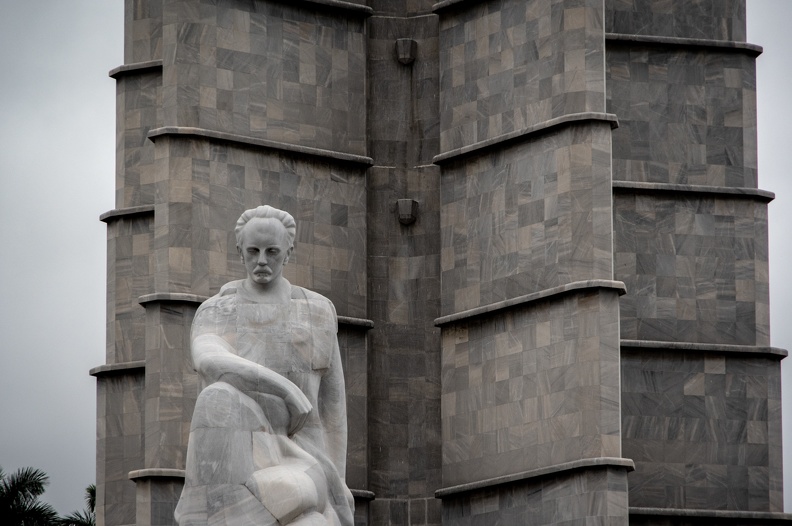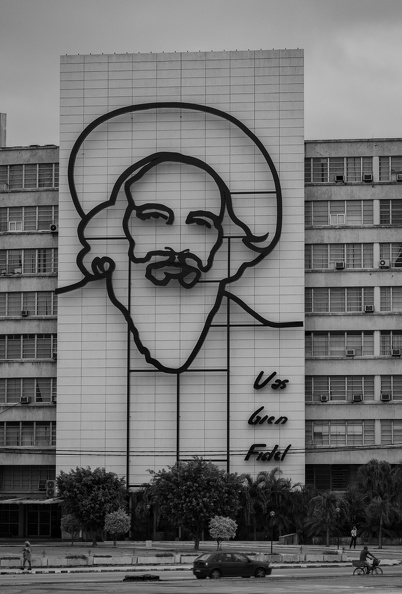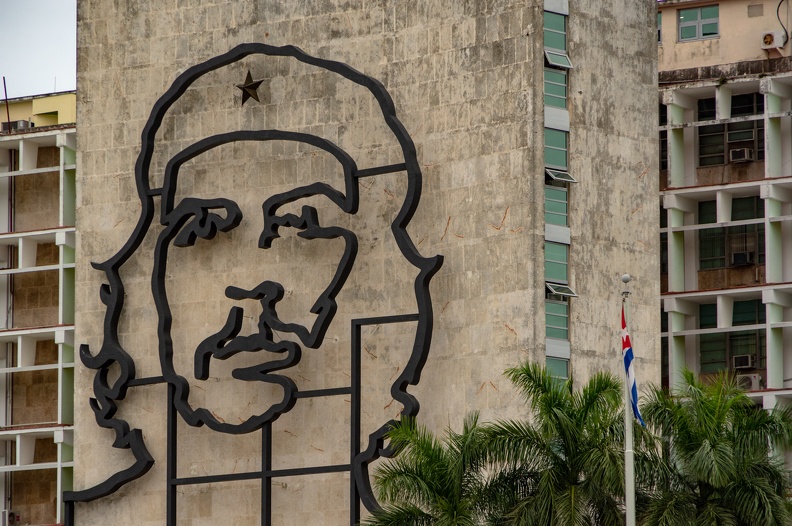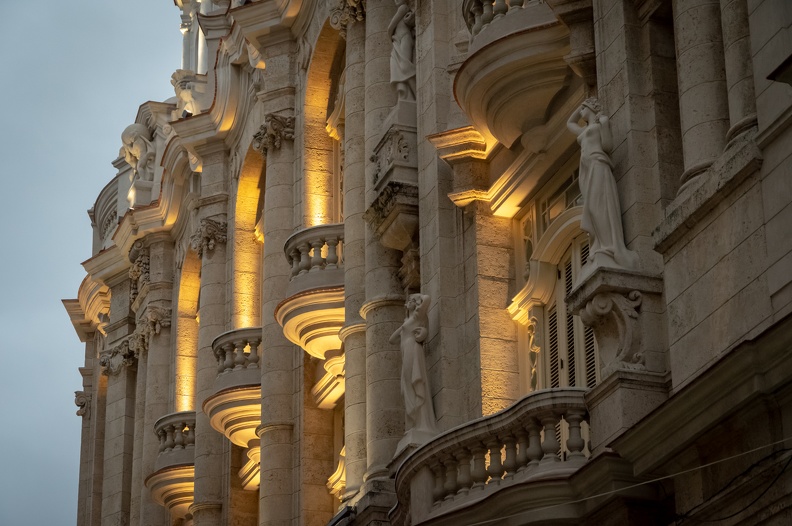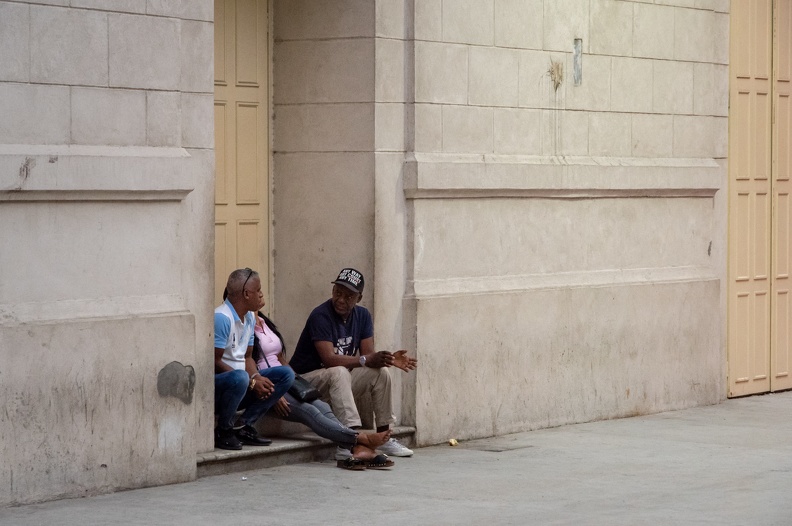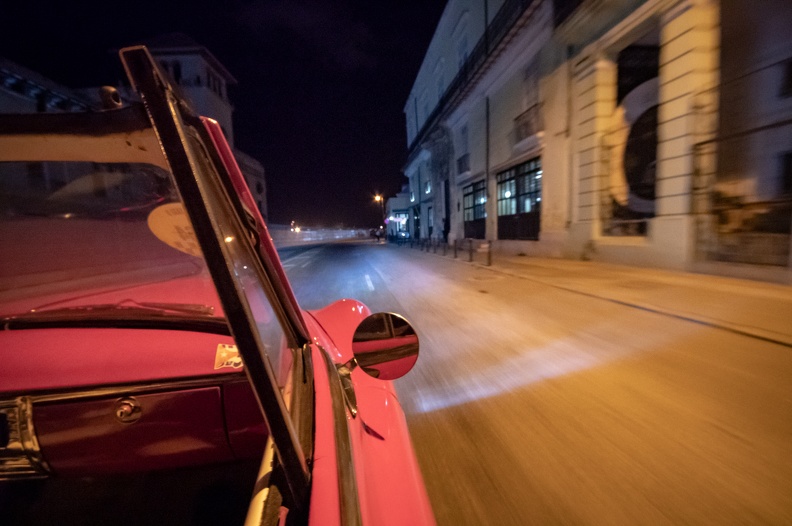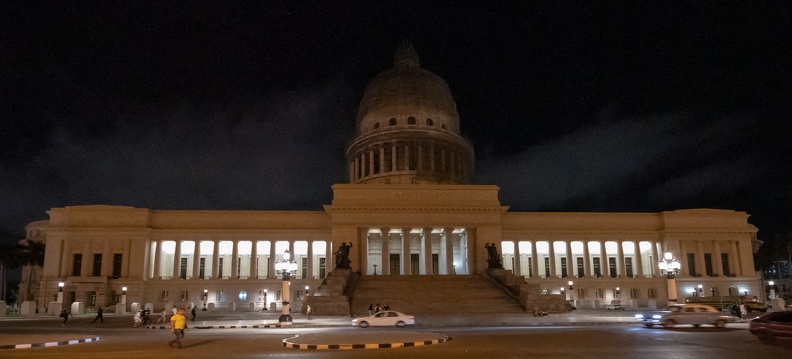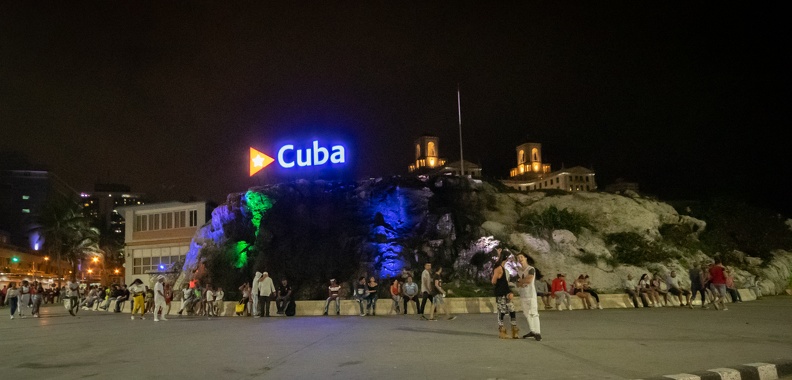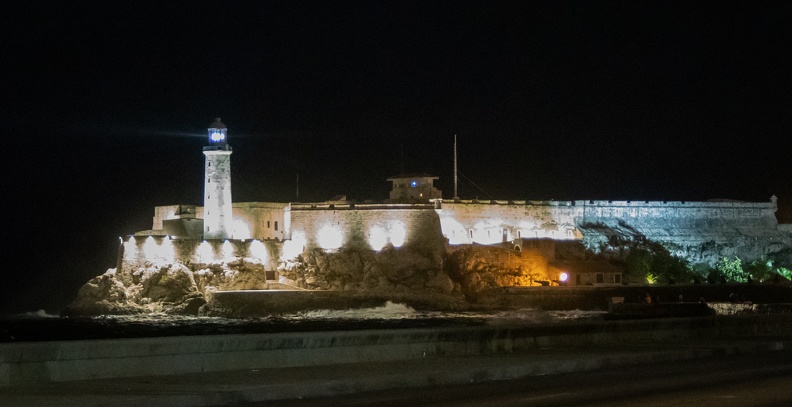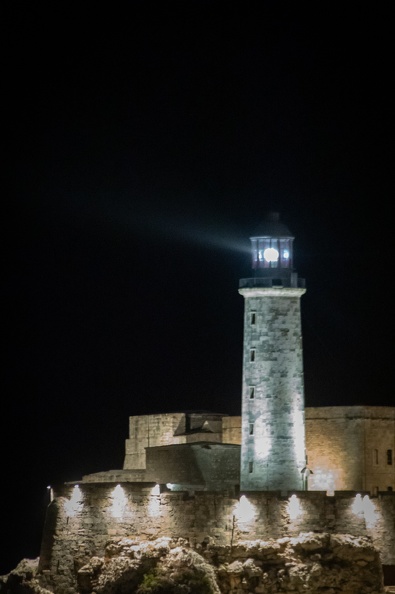Friday, August 9, 2019
McKinleyville, Calif., to Dunsmuir, Calif.
At the suggestion of my amazing and supportive wife I headed out on a weekend jaunt around Northern California. I had invited my good friend Anonymous Greg, but he had other plans and I would be taking the trip solo.
My plan was to stay a night at Castle Crags State Park near Dunsmuir, then head southeast into the northern Sierras for the next night.
In the days leading up to the trip, I had been keeping an eye on the weather forecast in the areas I would be going. The pesky weatherman was predicting thunderstorms Friday night into Saturday morning in the very area I would be staying. As a fail-safe, my wife suggested I book a motel in Dunsmuir so I would not be out on the mountain during any thunderstorms.

As is tradition, I had coffee and breakfast at Starbucks, then headed east on California Highway 299 through the Trinity River canyon. As long as I kept moving, it did not feel too hot out on the road with my bike’s air temperature gauge reading in the high 80s. Unfortunately, I had to stop for construction near the town of Junction City. Crews were clearing debris from a rock slide that occurred during the wet winters, and the highway was down to one lane. As I sat and waited, I watched the temperature reading climb into the 90s and then settle at 105 degrees. I was hoping the wait would be short, as I saw westbound traffic rolling through the construction zone. Unfortunately, the flagger didn’t turn his little sign around when the last car past. What gives?! A few minutes later a convoy of dump trucks came out of the construction zone – surely we’d get to go after they passed. Still the flagger stood there holding his STOP sign on a stick. A few minutes later, another string of westbound cars came through the construction zone. Surely the heat has gotten to the flagger, and he’s forgotten to tell his buddy at the other end that he’s got a half-mile string of cars waiting to go. After about a 15-minute wait in the heat, the flagger came to his senses and waved us through. The breeze was a welcome relief.



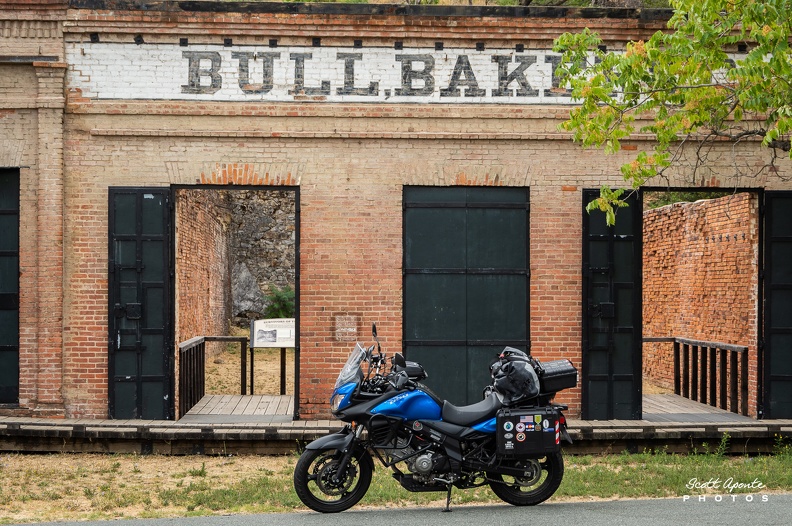
I stopped for lunch in Weaverville and to check the weather forecast. Skies were getting cloudy and the lightest of drizzles was falling, but not enough to make anything wet. The forecast and radar showed clear skies to the east. Maybe the weatherman has lost his mind as well. We’ll keep our fingers crossed.
I stopped in Redding to grab some supplies before continuing. The bad thing about going anywhere north from Redding is that at some point you have to get on Interstate 5 and slab it. In the case of Dunsmuir, it’s nearly 50 miles of Interstate.

Surprisingly, for I-5 being the main artery through California for all sorts of cargo traffic, there were very few trucks on this section. The other thing this stretch of 5 has going for it is the scenery. Where other parts of I-5 are straight and boring, this section follows much of old US Highway 99 and winds its way through some very scenic mountains, making you feel less like you’re on an Interstate, and more like you’re on a back road.
I stopped at Castle Crags State Park and checked into my campsite just in case I was going to hang out there. I got to the site, which was situated on the side of a mountain and found the only level spot to be the asphalt parking pad. I hung out for a bit and cooled off in the shade. After a few minutes, I saw a gray car drive slowly past my site. The driver looked to be leaning forward to look at me. I thought, “What does this guy want? I’m in my own site.” Then the driver called out, “Scott?!” I looked closer and saw it was one of my old friends from the Army. What a small world! After a bit of chit chat, I decided to head up to the vista point to see the park’s namesake crags.
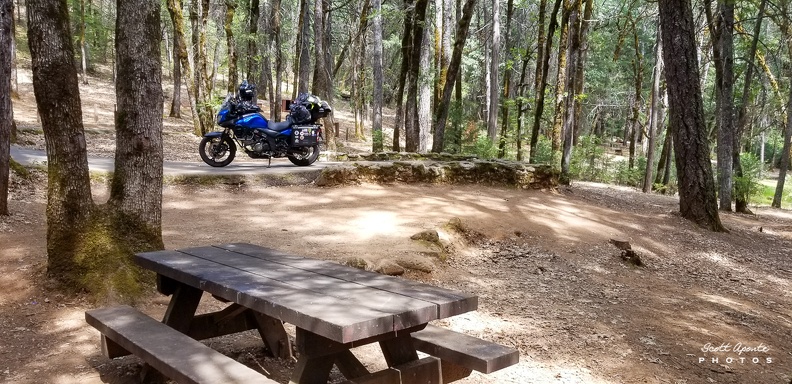
Castle Crags State Park was opened in 1933 and protects a group of granite spires and domes on the eastern edge of the Klamath Mountains. The domes were formed about 170 million years ago when granite plutons, bubbles of molten rock, rose toward the surface and solidified. Uplift and erosion have given the crags the appearance of the turrets of a castle, hence the name.
The best view of the crags is from the vista point. The vista point is at the top of a narrow, windy, one-lane road where people who drive vans think they don’t need to get over to one side. I came within inches of two of these inconsiderate vans on my way up.
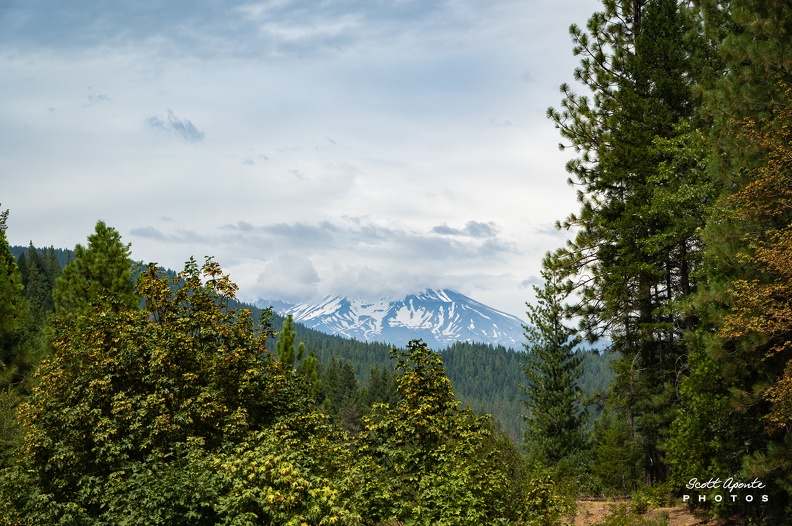



The view of the crags from the vista point is great. In some ways, they remind you of Yosemite National Park, but in other ways they look much more rugged than Yosemite’s smooth domes. From the vista point I could see almost 360 degrees around me and saw mostly blue skies. I was pretty sure the weatherman was wrong today and there would be no thunderstorms … But it was still early, and weather can change quickly.
I left the park after taking a few pictures and headed to Dunsmuir. I checked into the motel (after all, I’m made of sugar and might melt if it rained), and relaxed a bit in the cool air.
After cooling off, I headed into downtown Dunsmuir (if you can identify a part of a one-square-mile town as “downtown”) for dinner. I got a table at Dunsmuir Brewery Works, a small brewpub on the north end of downtown. The staff was really nice and quick. I ordered a Rusty Spike Red Ale and a soft pretzel to start. The beer was good and the pretzel fresh with mustard and beer cheese for dipping. For dinner, I had a pulled pork sandwich. The pork was perfect with the right amount of BBQ sauce, and it was topped with cole slaw. I wasn’t so sure about topping a sandwich with slaw, but it worked in this case.


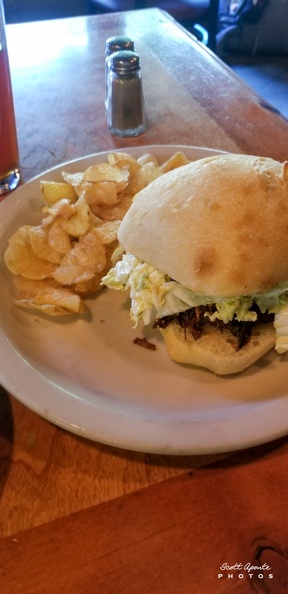
I rode around town a bit to explore, then headed back to the hotel room. By this time, the clouds had moved in, and it seemed the old weatherman was going to luck out. I settled in the room to rough it. And rough it, I did … First the motel’s internet went out (the horror!), then the cable TV went out (and during LivePD too!).
I went to bed to rest for the ride in the morning.
Around 1 a.m. I awoke to a loud crash from outside. The thunderstorm was here. Mother Nature seemed to be directing all her fury at the Dunsmuir area. The sky was constantly alight with the purple flash of lightning – no sooner would one flash fade then another would start. I could tell the lightning strikes were close because rather than the long rolling sound of thunder, I heard short claps of thunder. In addition to the light and sound show, the skies opened up and dumped a torrent of rain on the area, quickly creating a waterfall form the motel’s roof that stretched its entire length. I could only imagine what it was like on the side of the mountain at Castle Crags. I was glad to not be out in the weather in my leaky tent. The motel seemed a good choice.
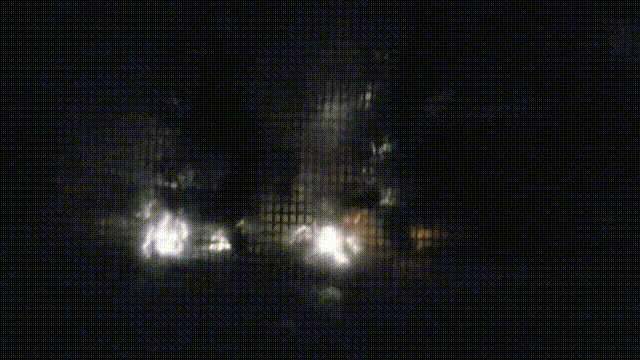
Mother Nature continued her show for nearly two hours before everything went quiet. I finally went back to sleep around 3 a.m.
Day 1: 190 miles
Gigawatts discharged: 1.21
Saturday, August 10, 2019
Dunsmuir, Calif., to Plumas-Eureka State Park
As Little Orphan Annie sang, “the sun will come out tomorrow.” I woke to sunshine after the night’s meteorological festivities. I packed up my gear, wiped down my wet bike, and headed out. I rode through town trying to find a place for a quick coffee and breakfast, but every place was closed, so I continued north.
I turned onto California Highway 89 just south of Mt. Shasta City, and headed east. I stopped in McCloud for breakfast at the White Mountain Cafe. The coffee was strong and the breakfast was big. I had an order of pastrami hash and eggs. The kitchen forgot my toast, but I probably would not have eaten it anyway because of the large portions.


I continued east on 89 toward Lassen Volcanic National Park. About 20 miles east of McCloud, the skies turned on me and the blue skies went gray and it started raining. The rain continued off and on with no clearing most of the way between McCloud and Hat Creek. As I rode through the areas around Obie and Cayton, the smell of pine was thick in the air, likely brought on by the rains.
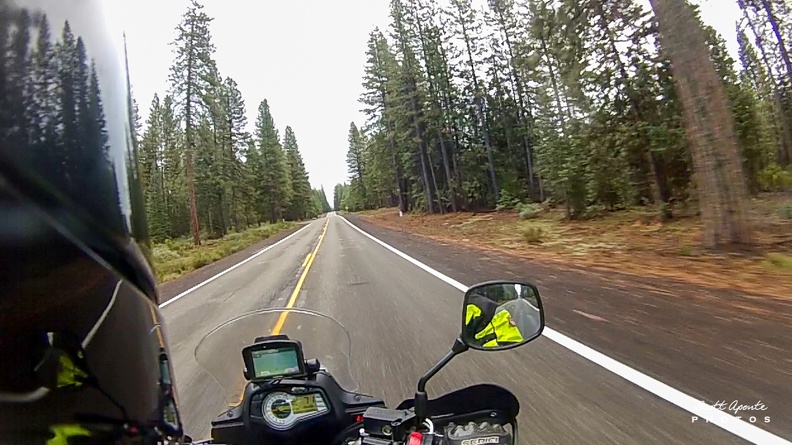

As I got closer to Hat Creek, the roadsides began to be dotted with outcroppings of lava rock. The area has a long history of volcanic activity and cinder cones and groupings of the dark red, nearly black rock covers the land. The Hat Creek lava fields are the second largest fields of dried lava in California after Lava Beds National Monument. The visible rock is the result of eruptions 20,000 years ago. In many places, the highway cuts directly through the fields.


I stopped at the Hat Creek Radio Observatory to take a look at the site. The observatory is home to the Allen Telescope Array, a group of 42 radio telescopes used by the SETI Institute to search for signs of extra-terrestrial life. While the observatory is open to visitors, it’s closed on weekends and I could only view the dishes from the road outside the site.


On my way back to the highway from the observatory, the skies opened again and a heavy rain started to fall. Though my riding jacket and pants kept me mostly dry, nothing could stop the water pooling on my seat from soaking through the crotch of my pants. The manic weather let up again while on the highway between Old Station and the entrance to Lassen National Park.

I entered the national park, which now has an entrance fee of $30. Fortunately, I have a lifetime pass. I recommend a pass for anyone who frequently goes to national parks. The normal annual pass will pay for itself after 2 or 3 visits.



Things stayed dry through Lassen for the most part until the road reached around the 7000-foot level. Above 7000-feet, rain and thick fog (though at that altitude I’m told they’re clouds) made travel slow-going through the most twisty sections near the summit and Bumpass Hell. I was surprised to see large patches of snow still on the ground next to the highway in these areas. With the constant rains and temperatures down into the low 40s in the park, I felt pretty dumb for not bringing any cold weather clothing. I made my way to the south visitor center where I bought a hot cup of coffee and a long-sleeve t-shirt. You can always count on the National Park Service for having a gift shop with reasonably priced clothing.
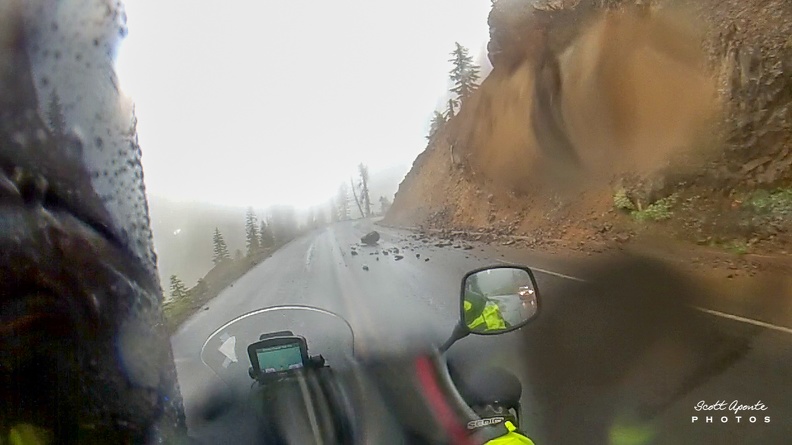

Now motorcycle riders are a unique lot. Perfect strangers who share a common interest will strike up conversations and go out of their way to do something nice for a fellow rider. As I was getting geared up and ready to go in the parking lot, a man and his wife riding a Harley tricycle stopped next to me and struck up a conversation. They were traveling back to Washington and wanted to know if I was familiar with the area. I wasn’t too familiar, but I gave it a shot. They asked if there was a gas station at the north end of the park, specifically further west in Shingletown. Fortunately, I knew this answer. I helped him out and he offered to buy me a cup of coffee in the visitor center. I thanked him for his generosity and told him I had just had a cup. We chatted for a bit about our bikes, gear, and travels, then we went on our ways.
After exiting the park, I headed east on Highway 36. Soon after turning onto 36 the skies cleared up and things began to dry out. I encountered a few light drizzles along the way, but nothing that would get you wet. As I rode Highway 89 alongside Lake Almanor winds picked up coming down from the high country and across the vast open lake.

Shortly after turning onto Highway 36, somewhere around the Mill Creek area, I met a personal record. I crossed the 9000-mile mark on my V-Strom. To some travelers, it’s not much – I know people who’ve gone enough to ride around the world multiple times – but each milestone is important to me, as the miles are all mine.
Highway 89 entered into the Indian Valley, a large open plain surrounded by mountains. Ranges spread out across the valley. The area was first settled by Peter Lassen, and many families soon moved to the area. Many of the homes and ranches in the valley date back to the times of these settlers.

Highway 89 followed Indian Creek out of the valley and into a narrow canyon with walls 1500 feet high. The highway followed the creek’s sinuous course until its confluence with Spanish Creek, forming the North Fork of the Feather River. From the confluence, I headed east on Highway 70 high above Spanish Creek towards the town of Quincy in the American Valley. The scenery was amazing and the road twisty and fun.
I arrived at Plumas-Eureka State Park around 3 p.m. Plumas-Eureka sits on the site of the former Eureka Mine. The park has several mining exhibits along with other exhibits about the history of the area. The park sits at the base of the 7100-foot-tall Eureka Mountain, which has a network of mine shafts running through it. In 1853, gold was discovered at the site and the mine was active until the 1890s, extracting more than $8 million in gold from the area’s mines. The park was also home to the first ski resort in the Western United States.



I found my campsite in the maze that is the Jamison Creek Campground and found the area to be very rocky. I ended up setting up my tent on the parking pad. The afternoon was windy and I could see banks of clouds moving quickly past the adjacent Eureka Mountain.

After setting up camp, I headed a few miles to the town of Graeagle to pick up some food for the night. When I left the campground and got to the store it was sunny outside. The weather quickly turned while I was shopping and I came out to pouring rain. I headed back to camp and the rains subsided by the time I got there. The fast winds were moving systems through the area quickly. I settled at my campsite to make dinner and the skies opened up again, dumping a torrent on me. I took refuge in my tent and made dinner inside its cramped quarters. Of course, wouldn’t you know it, as soon as I finished eating the skies cleared and stayed that way for the rest of the night. I started a fire and settled next to it with a cold adult beverage.

People tend to notice when one is traveling alone. Couple that with a motorcycle, and people tend to approach you often. I’ve talked about this during other travels, but there seems to be a mystique surrounding the lone motorcycle traveler that draws people to them. I was soon approached by my neighbor from the next campsite over. He introduced himself as Chris and told me he was there with his wife Barbara. Chris and Barbara were visiting Plumas-Eureka, as they do every summer, with their good friends Dean and Judy who were in the campsite across from mine. Chris told me they two couples had been going camping together for 45 years! Possibly noticing that I had a limited supply of firewood, along with being solo, Chris invited me over to their campsite later in the evening when they started a fire of their own.
Chris and Dean were in their late 60s, but they sure did not act that way. I went over when they were preparing to start their campfire. Chris and Dean were like two children when starting it. Chris started by placing a bed of newspaper about one foot thick inside the fire ring. On top of that, Chris put a stack of kindling about two feet high. Chris talked about being a Boy Scout and being taught that one should be able to get a fire going with no more than two matches. Chris assured me his fire would only take one. Chris reached into the nearby food cabinet and pulled out a bottle of charcoal lighter fluid. Chris emptied the bottle on his mountain of newspaper and kindling. Chris didn’t even have to touch the lighter-fluid-soaked newspaper before it went up like the Hindenburg. I’m pretty sure the flames could have been seen from space.
As we all sat around the fire talking about our travels and such, Chris and Dean constantly teased each other like a couple of teenagers. They gave each other grief about how each tends to the fire, or their choice of wood to place in the fire. Friendship is forever, and boys will be boys no matter their age.
Day 2: 240 miles
Cookies eaten: 17
Sunday, August 11, 2019
Plumas-Eureka State Park to McKinleyville
Hallelujah! I’ve woken up to clear skies! I dried my tent and bike the best I could and packed up to head home. Chris and Barbara were up and about. I said goodbye to them and thanked them for their hospitality.
I headed into Graeagle for a cup of coffee and a bite to eat at the Graeagle Mill Works. The coffee and sausage breakfast sandwich I ordered were good, but the lady working the register could use a little help. She seemed very disinterested in dealing with customers. She looked like she would rather be anywhere but there.
As I was eating my breakfast, I saw a man enter wearing a sweatshirt that said “Nantucket” on it. Perhaps this was the elusive Man from Nantucket. For a minute I considered asking him about the rest of the poem, but didn’t want to embarrass him.
I headed north on Highway 70 toward the Feather River Canyon. I stopped near the town of Keddie to view the Keddie Wye. A wye is a type of railroad interchange laid out in the shape of a triangle. It allows trains to change directions in a smaller area than required by a balloon track. The Keddie Wye is unique and a popular sight for rail fans in that two legs of the wye are built on elevated trestles and the third leg is built into a tunnel. Additionally the line enters a tunnel just north of where the two northern tracks join together. This is the only wye in the world with such an arrangement. Unfortunately, no trains crossed through while I was there.


I continued on Highway 70 and it soon turned west into the Feather River Canyon. The canyon follows the North Fork Feather River as it winds toward Lake Oroville. The road on one side and railroad on the other closely follow the contours of the canyon as it meanders its way west.



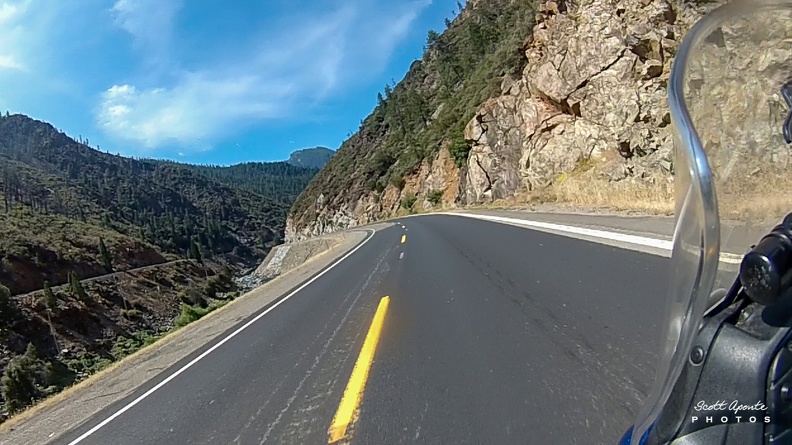
Along the way through the canyon I passed many PG&E dams and power houses, part of the Feather River Power Project. The project with its series of dams, power houses, and large penstocks has been called the “Stairway of Power” because the river drops 4300 feet in its first 74 miles. Each dam and power house drops river water to its next elevation, like a staircase, allowing PG&E to use the same water several times to generate electricity.

The highway and railroad switched places multiple times through the canyon, with bridges crossing bridges in a couple spots. The railroad crosses over the highway at the Tobin Bridges, and the highway crosses over the railroad at the Pulga Bridges.
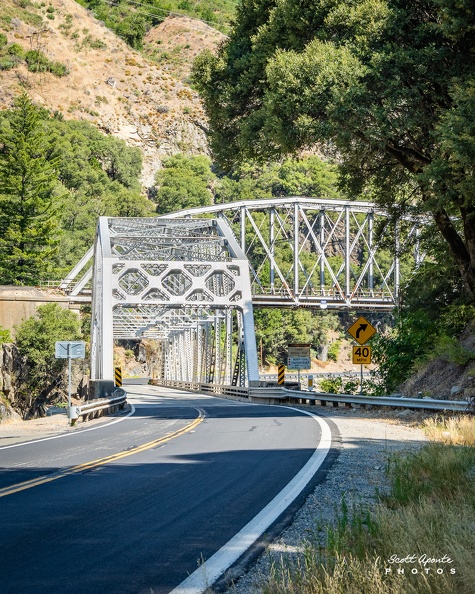

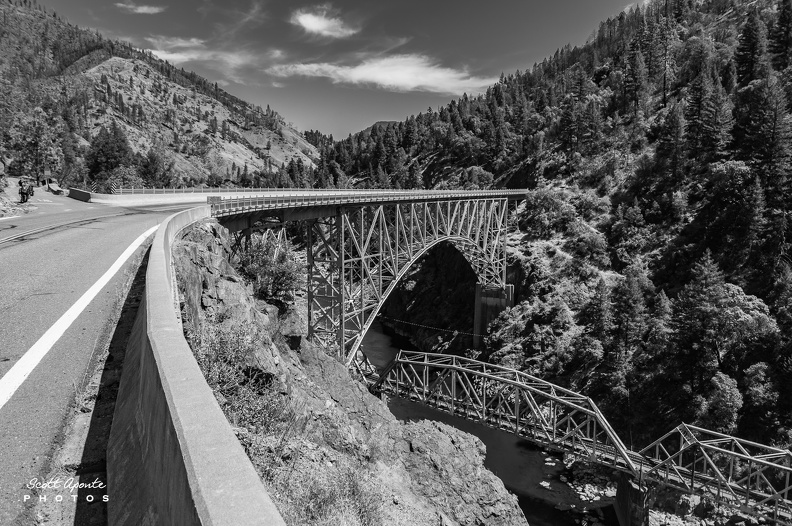
Temperatures were hot in the canyon and the best way to stay cool was to keep moving. However, I still needed to stop and hydrate every so often. I even had to change my shirt after soaking through one!
As I got closer to the western end of the canyon, I started seeing signs of last year’s Camp Fire. The lush green forests had given way to burned out tree stumps and barren grass fields. The fire started in the canyon near the Poe Dam and ended up being the deadliest and most destructive in California’s history, killing 86 people, burning more than 153,000 acres, and destroying nearly 19,000 buildings, including much of the town of Paradise. I could see why the fire spread so fast and far, as strong winds started picking up toward the canyon’s western end.
After coming out of the canyon near Wicks Corner, I headed north on Highways 149 and 99. I stopped for gas in Red Bluff and hopped on Interstate 5 for one last stretch of superhighway before turning west on Highway 299 for the home stretch.
Along the route home, I passed a few other V-Stroms heading the other direction. I’m pretty sure they’re all good at recognizing our similar bikes because they all seem to wave enthusiastically.
As I passed Berry Summit west of Willow Creek, I started to feel the cool coastal air – a welcome relief from the heat further inland. Feeling the cool air flowing through the vents of my riding jacket is that final reminder that I am home.
Day 3: 330 miles
Gallons of sweat expelled: 973
Total: 760 miles

